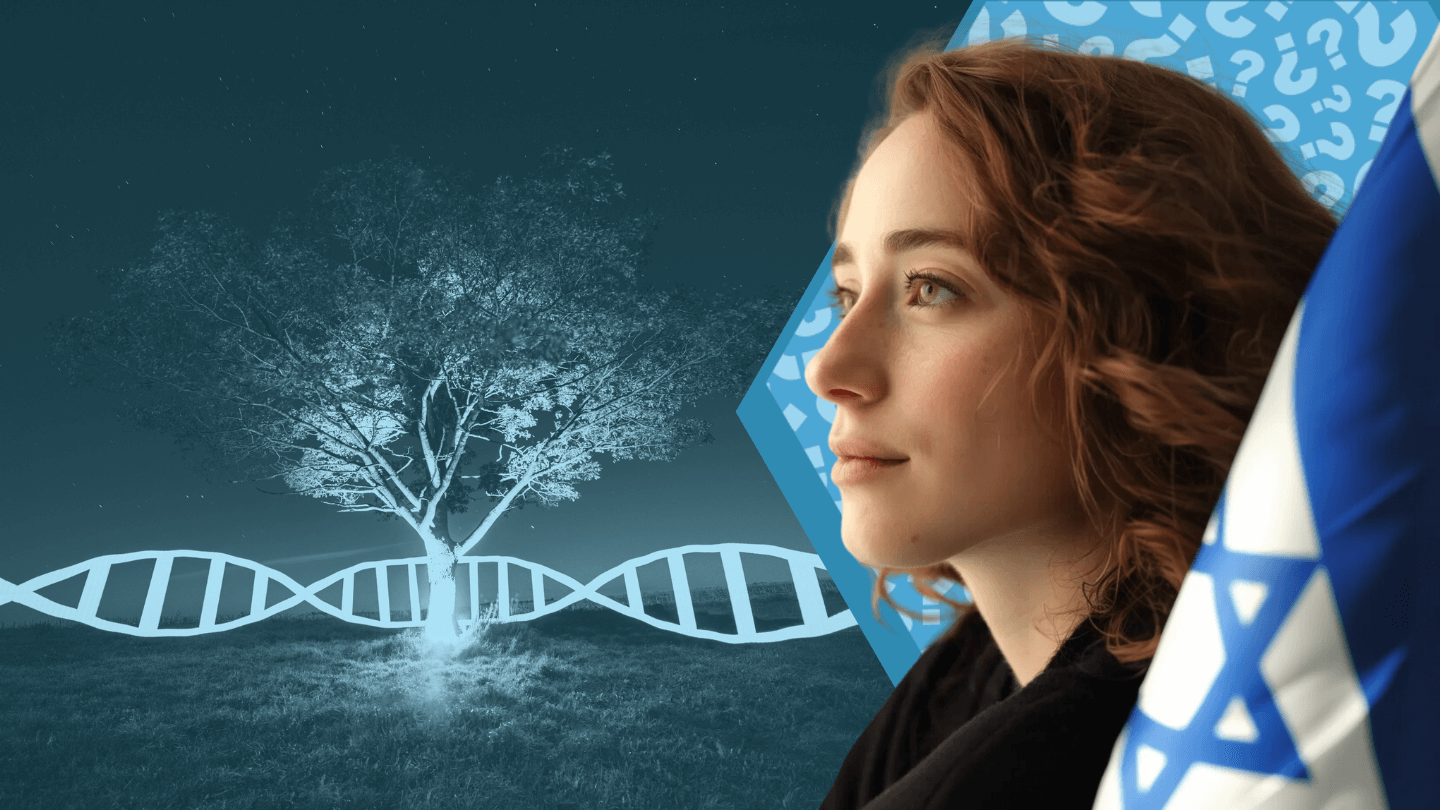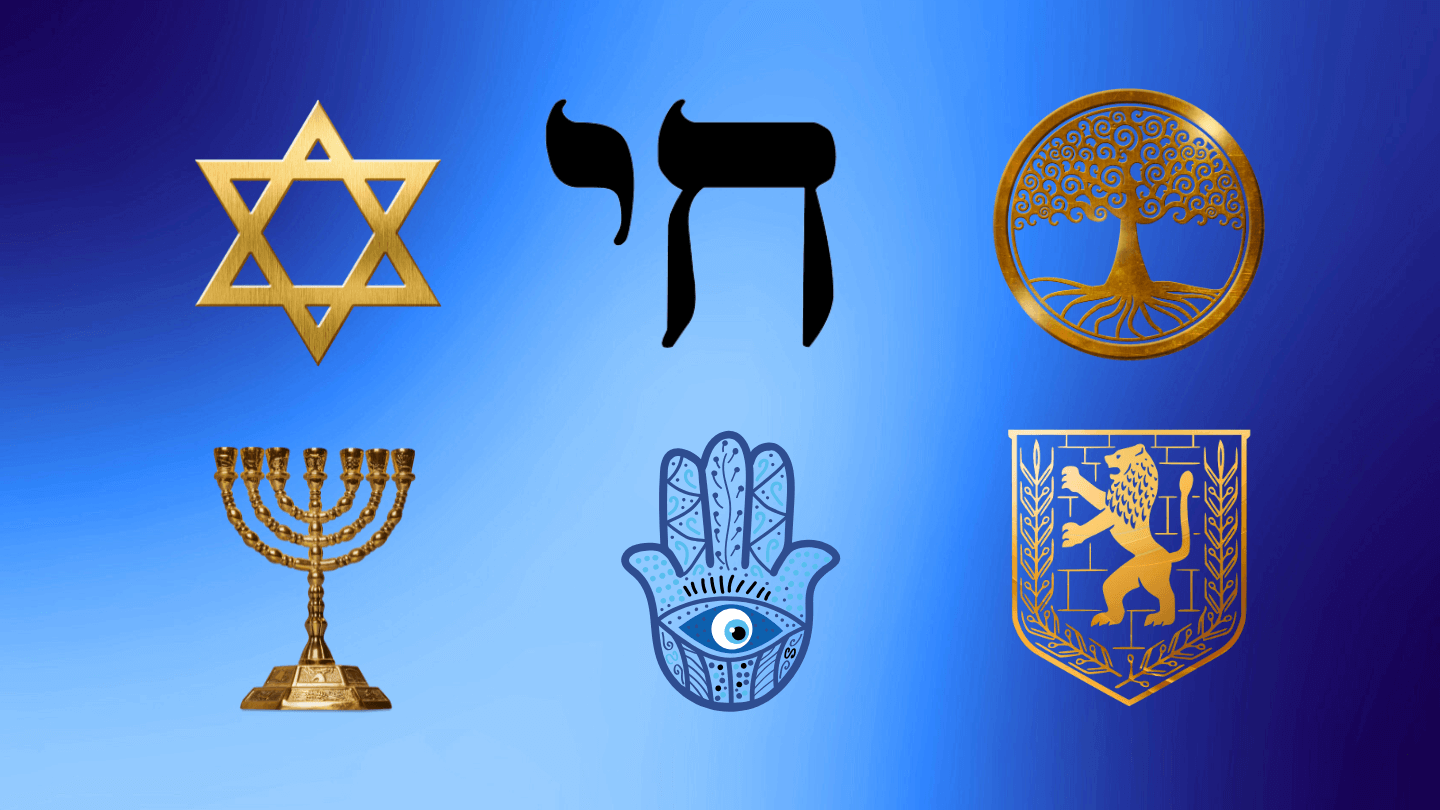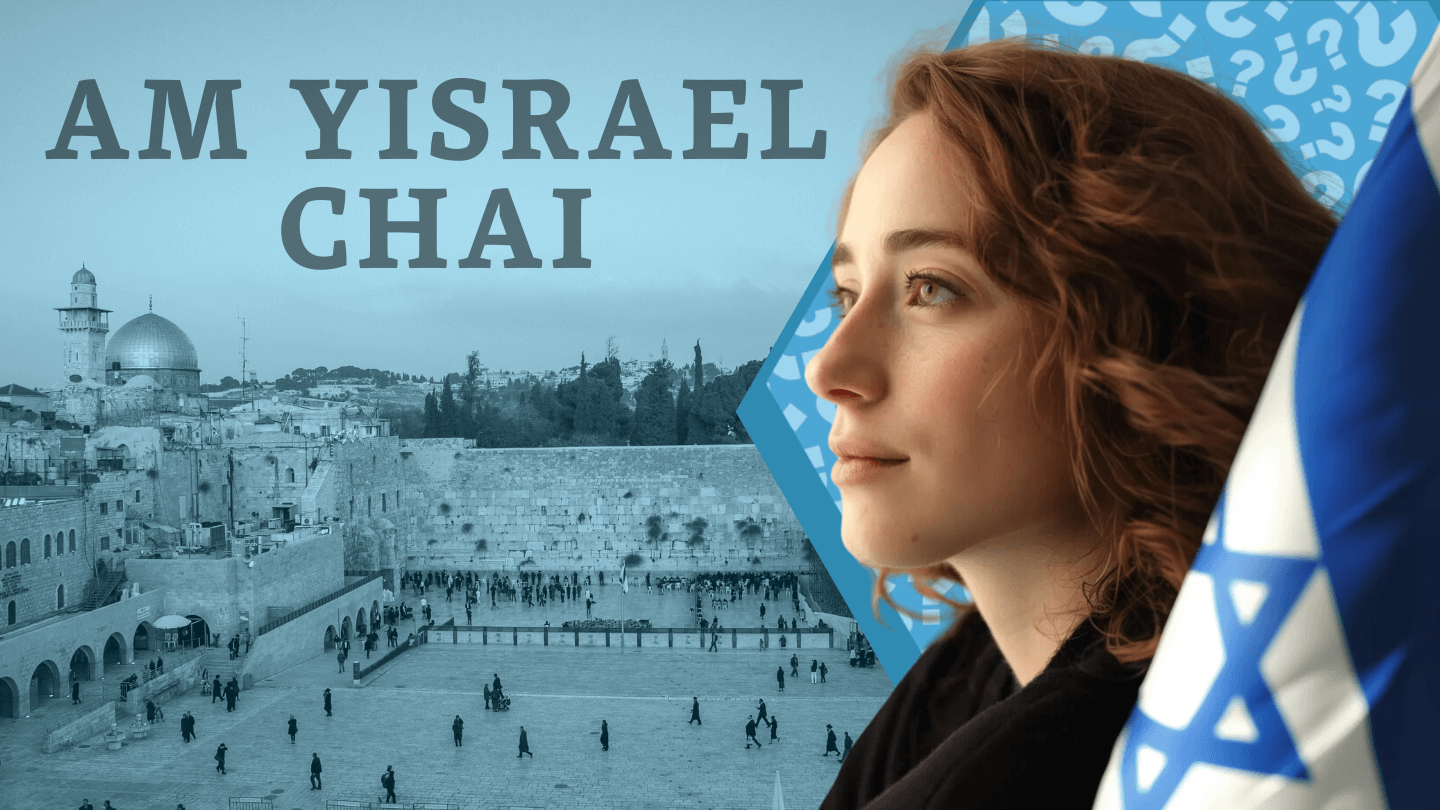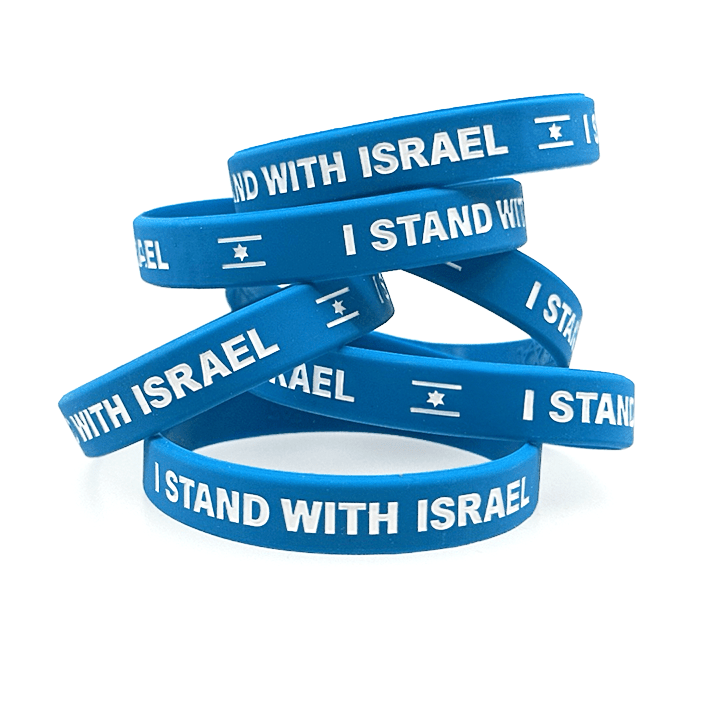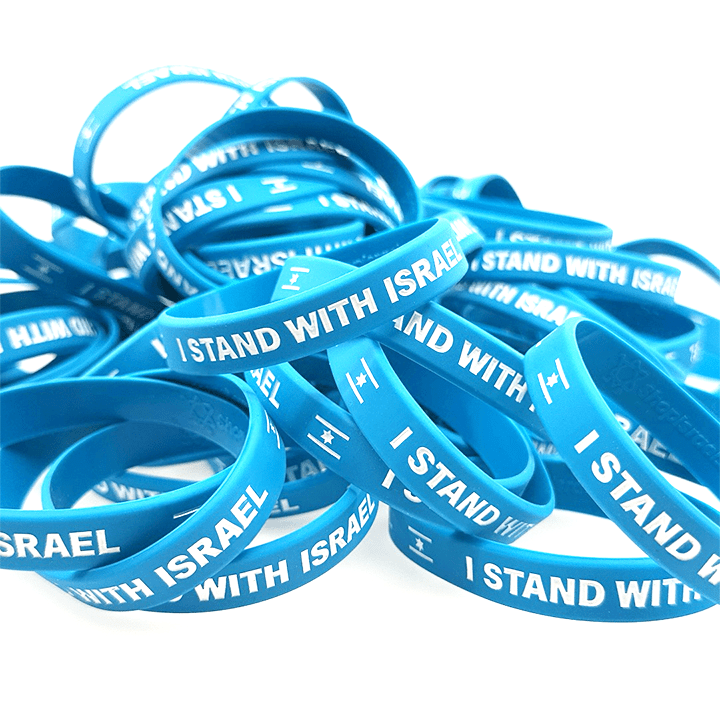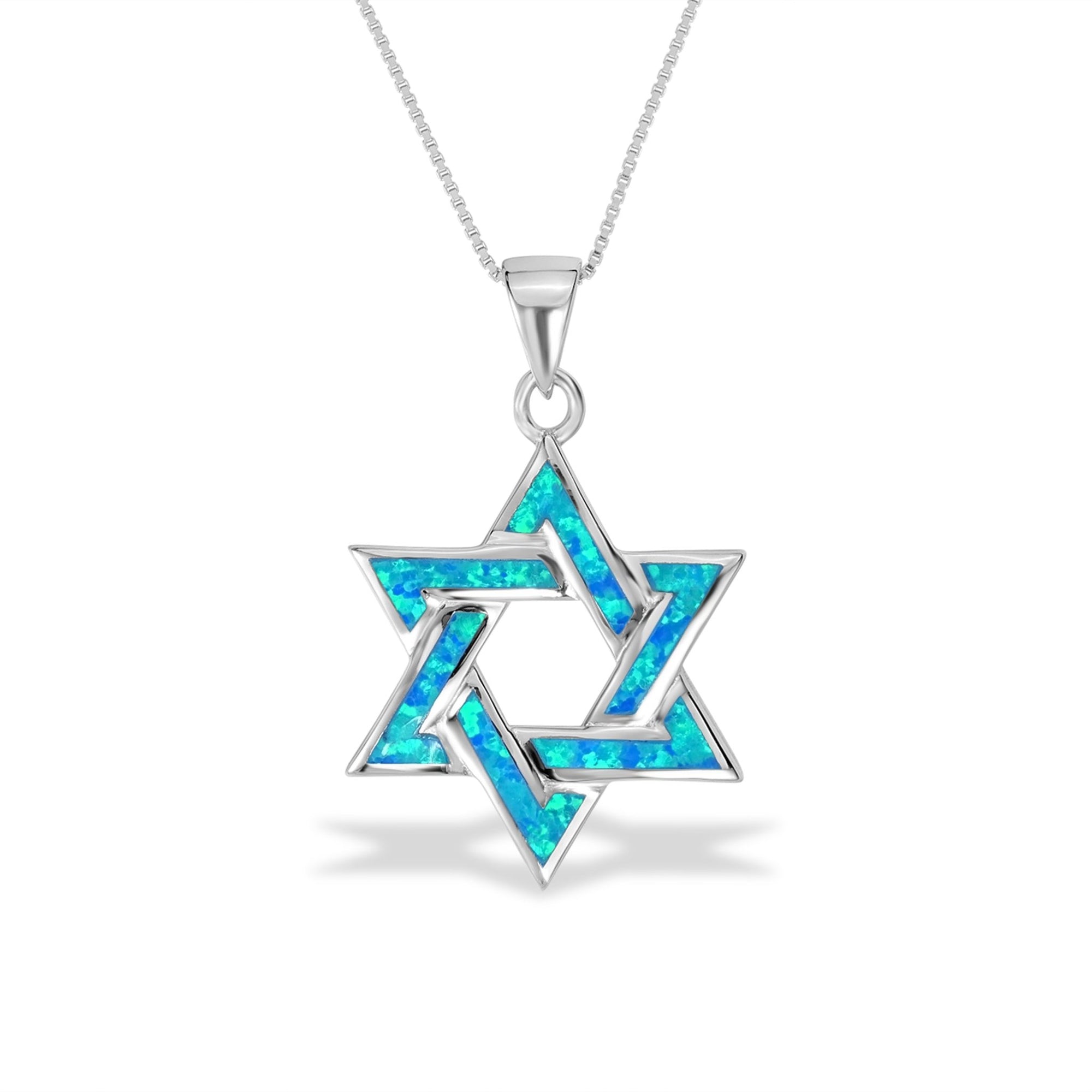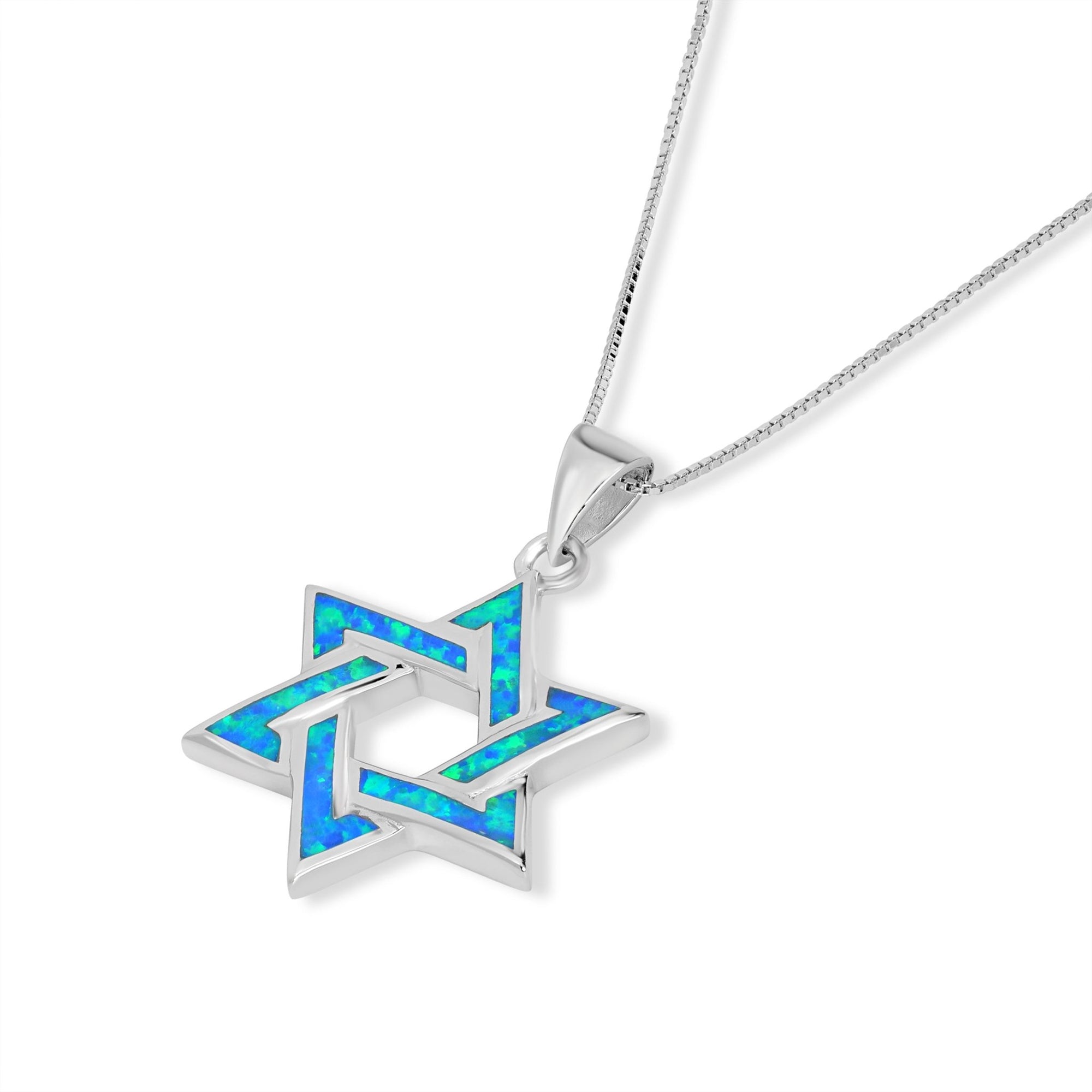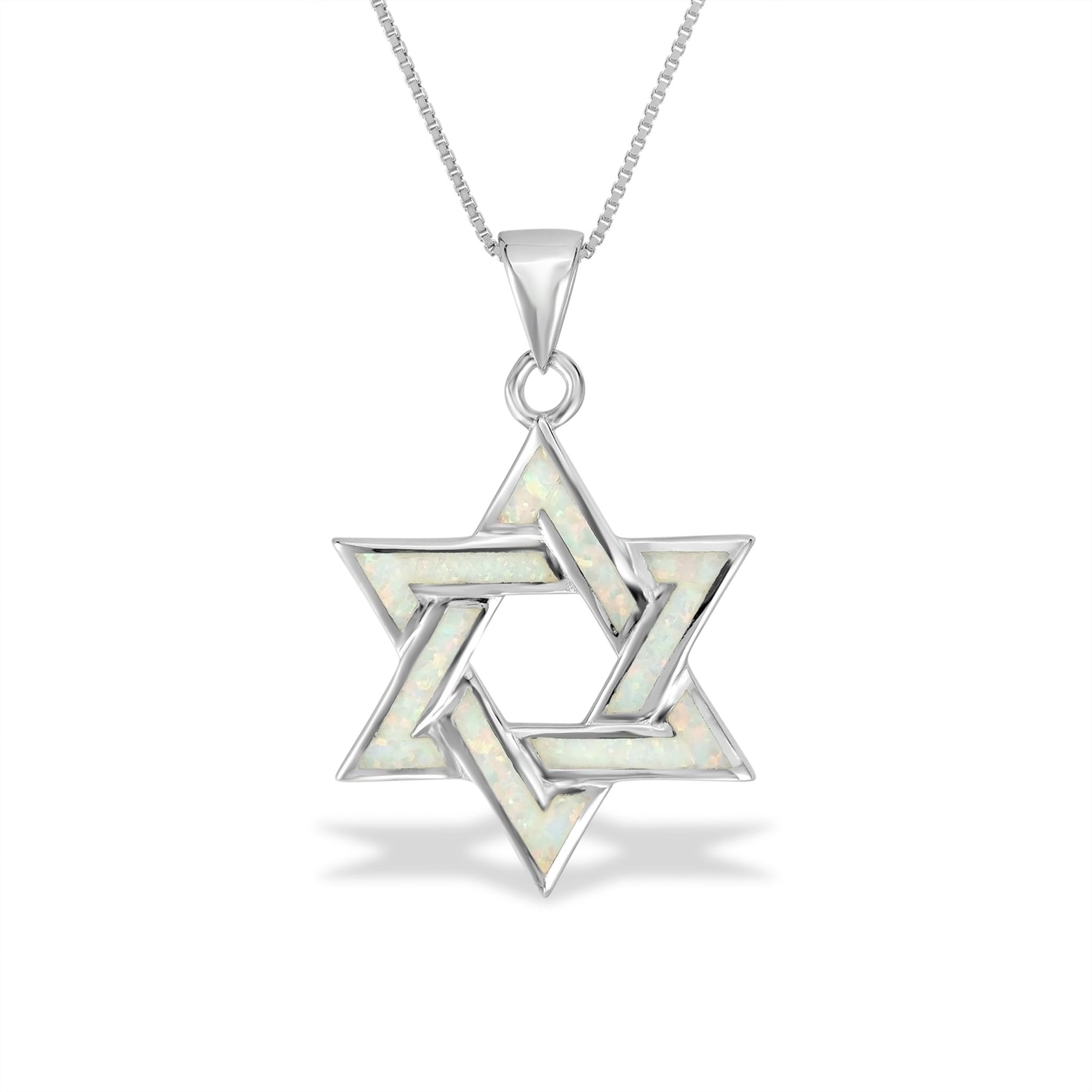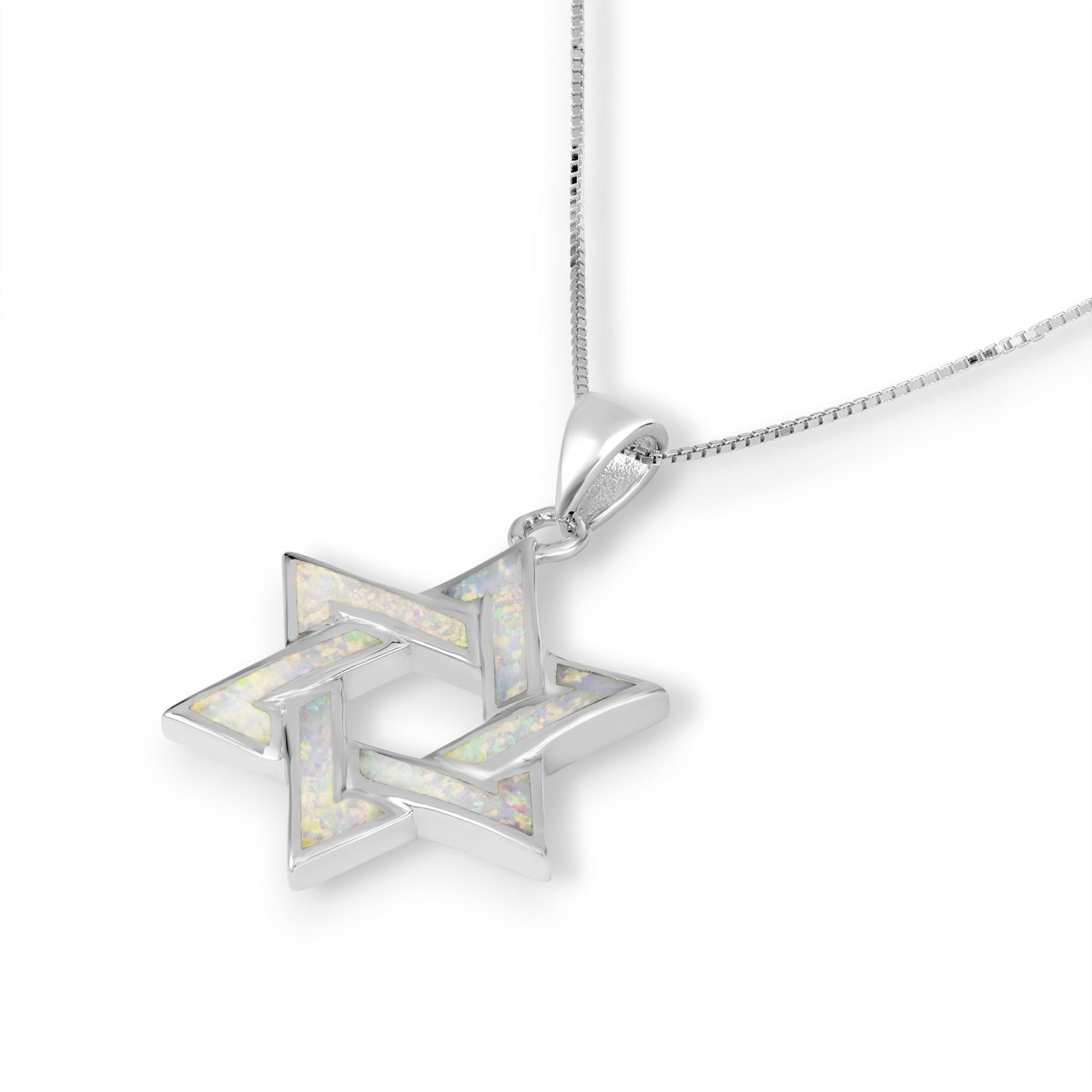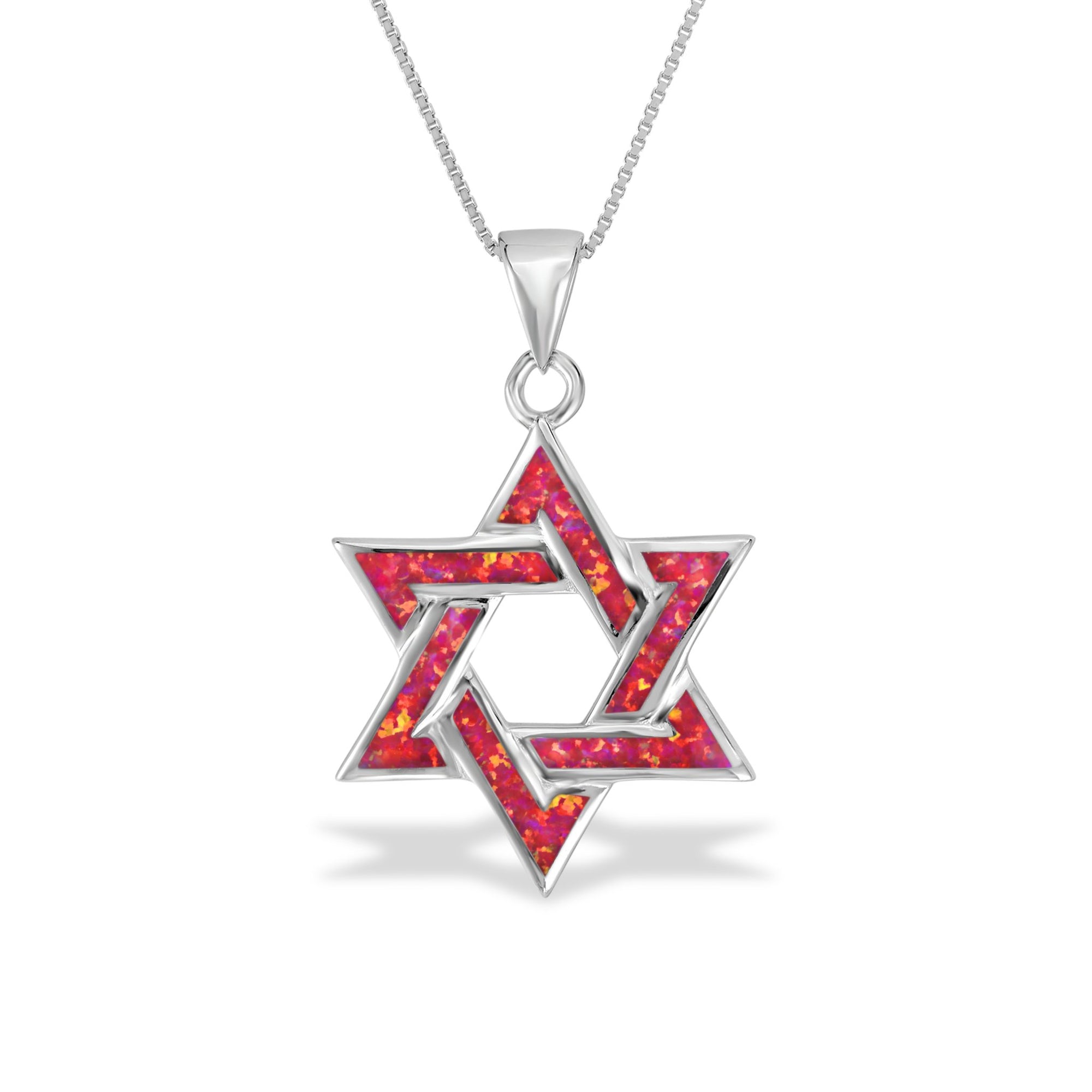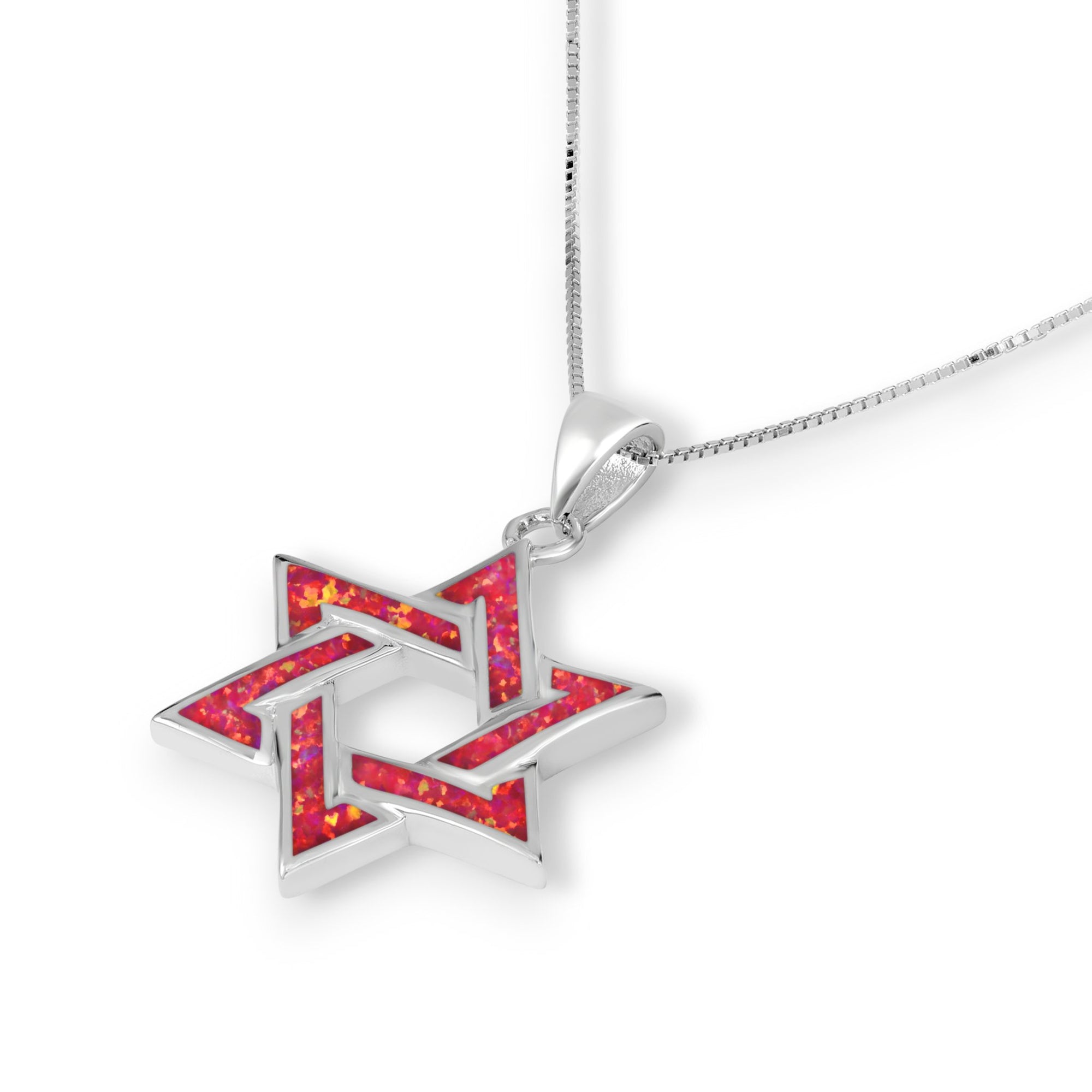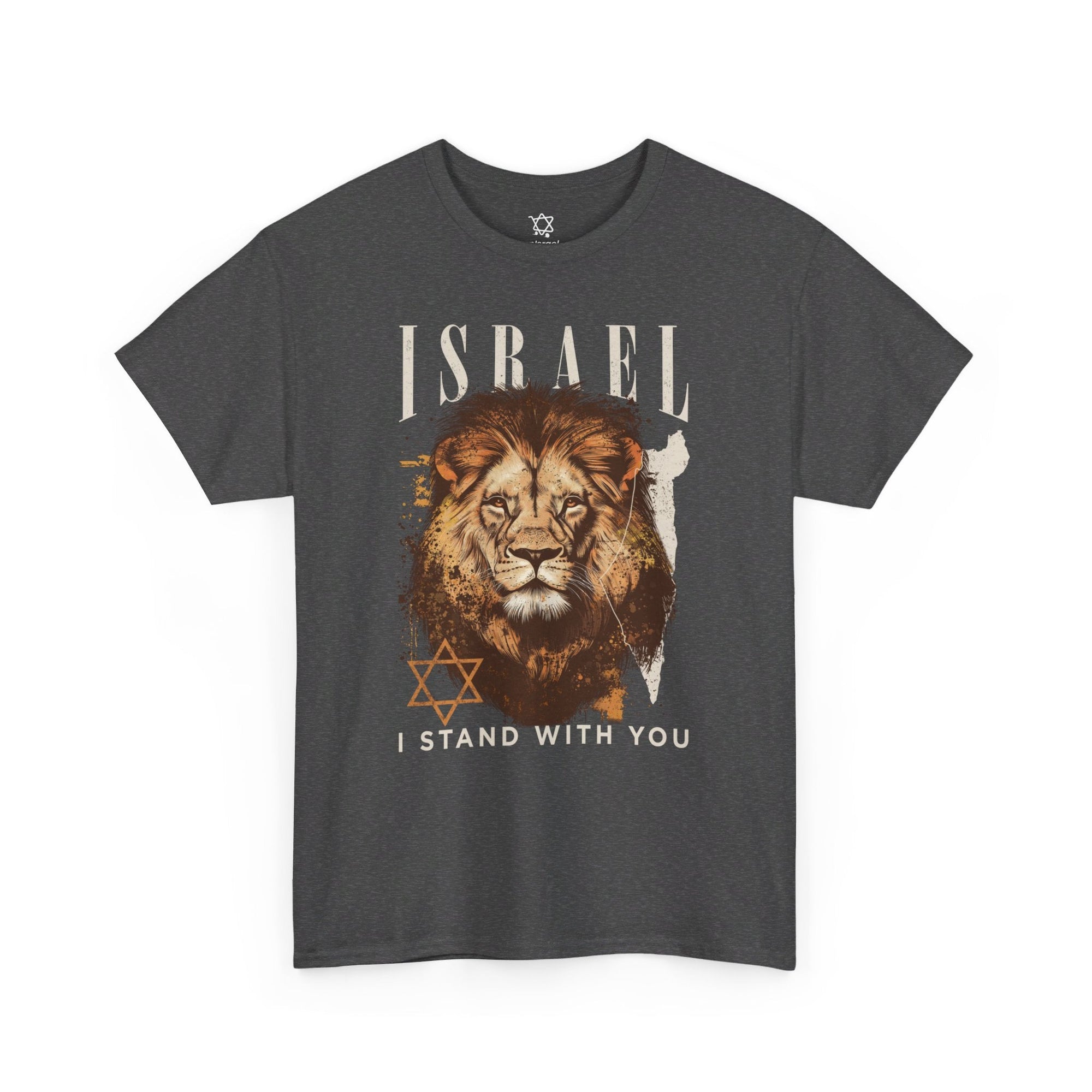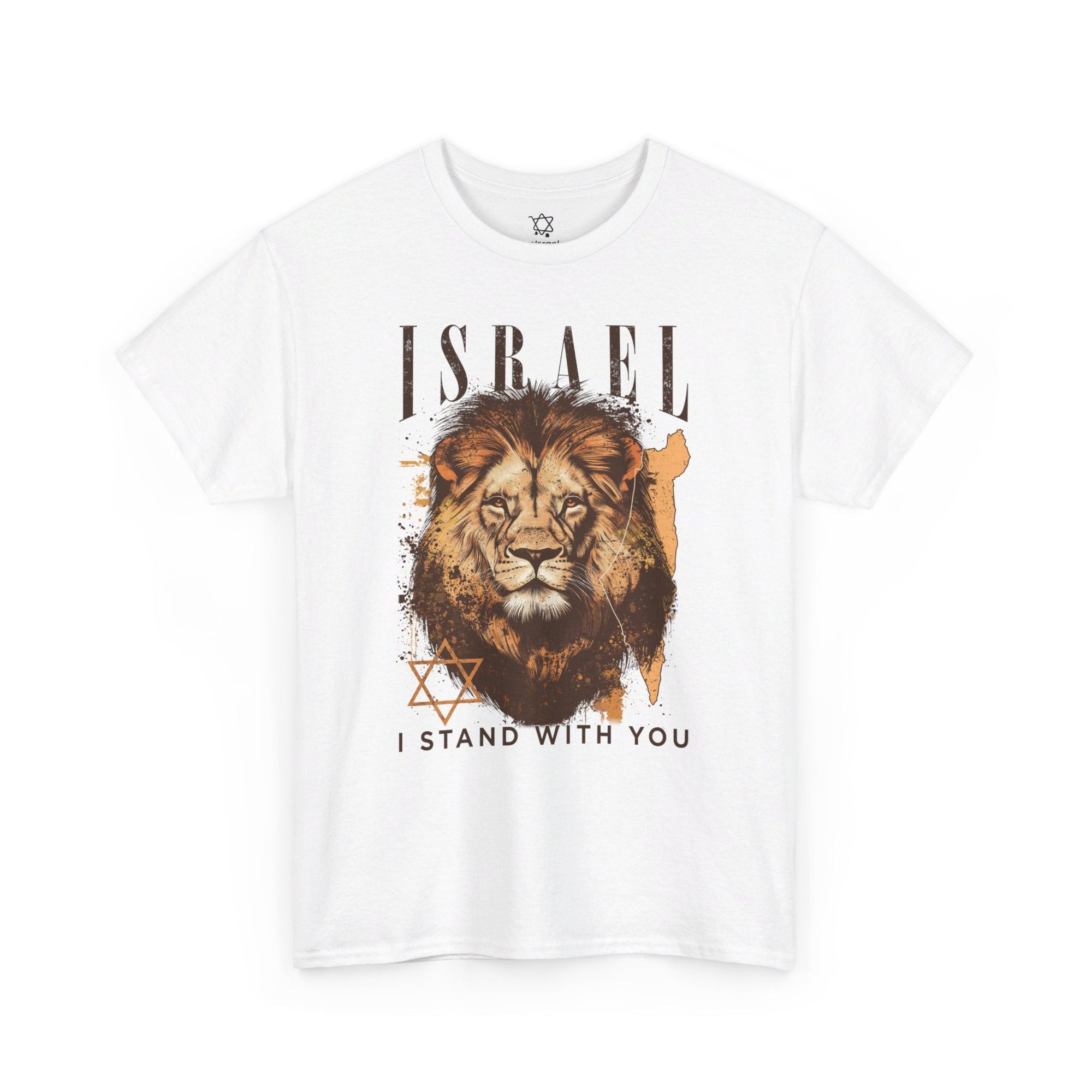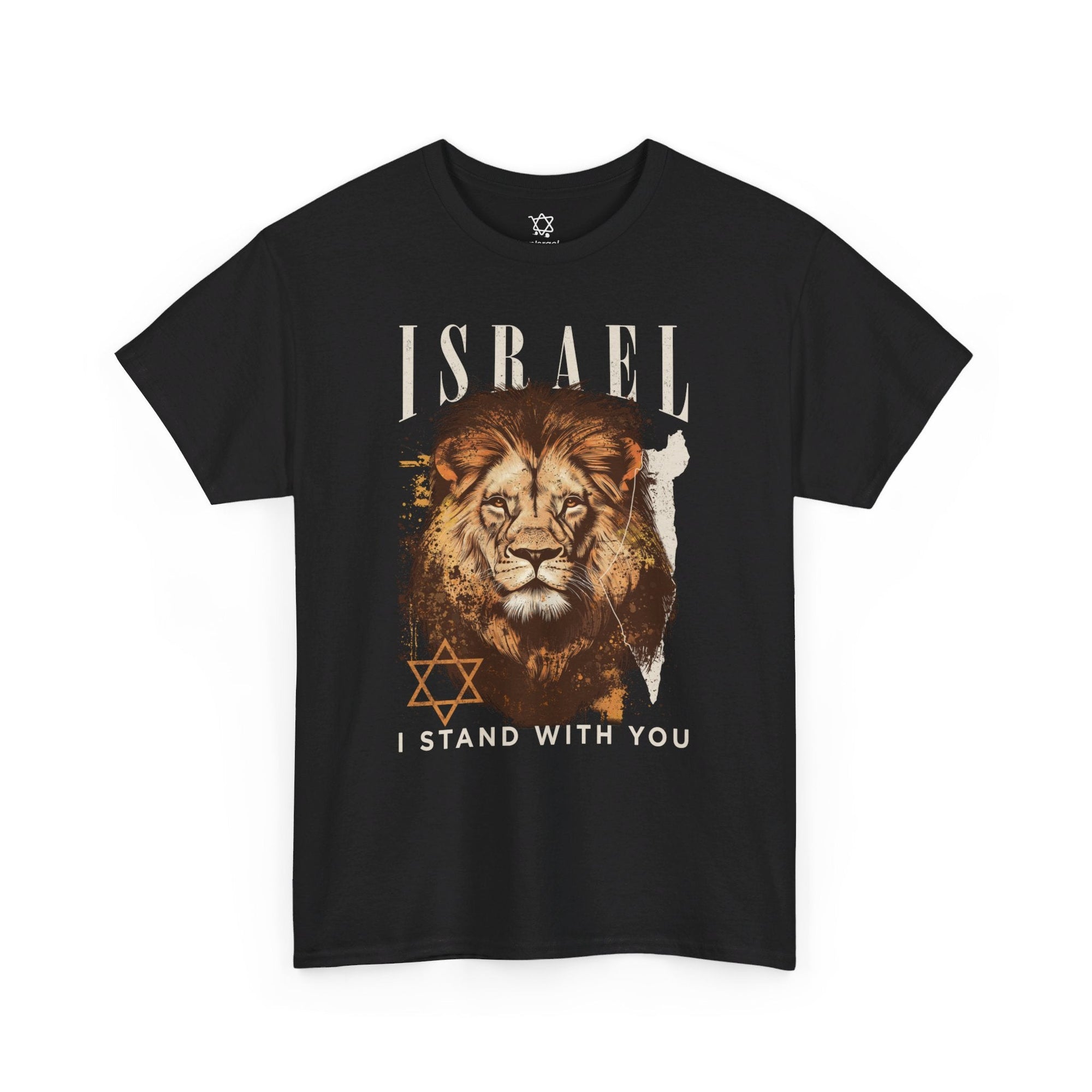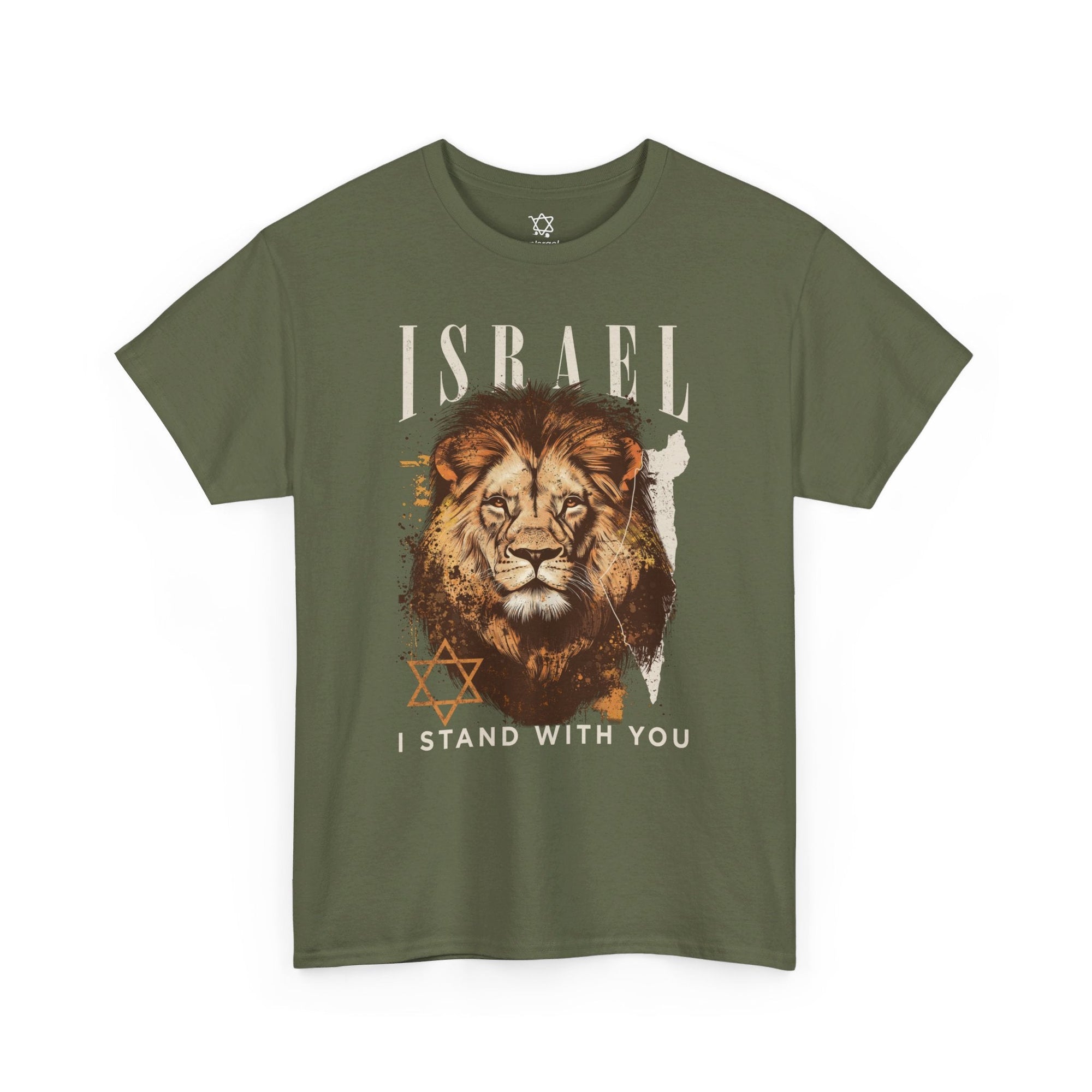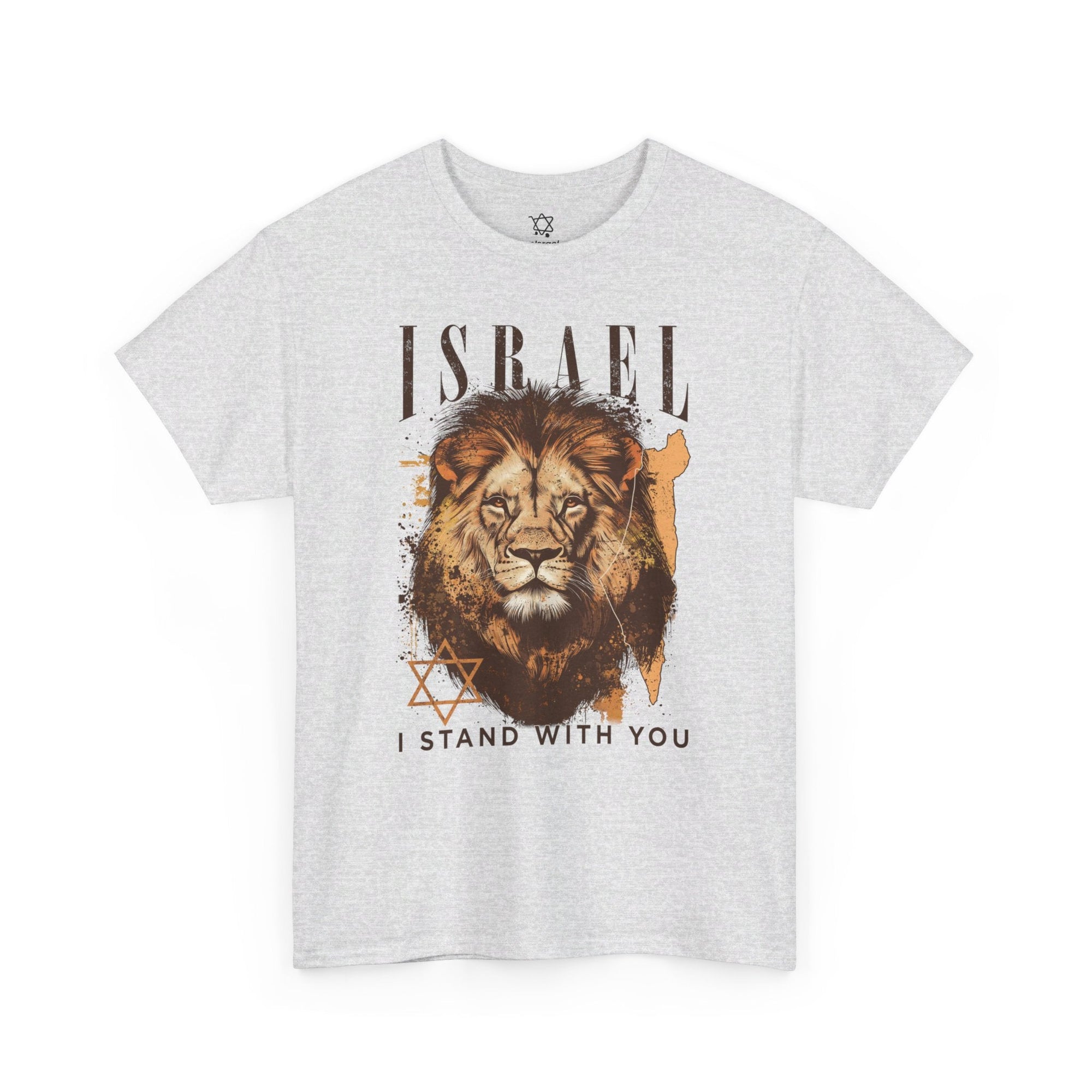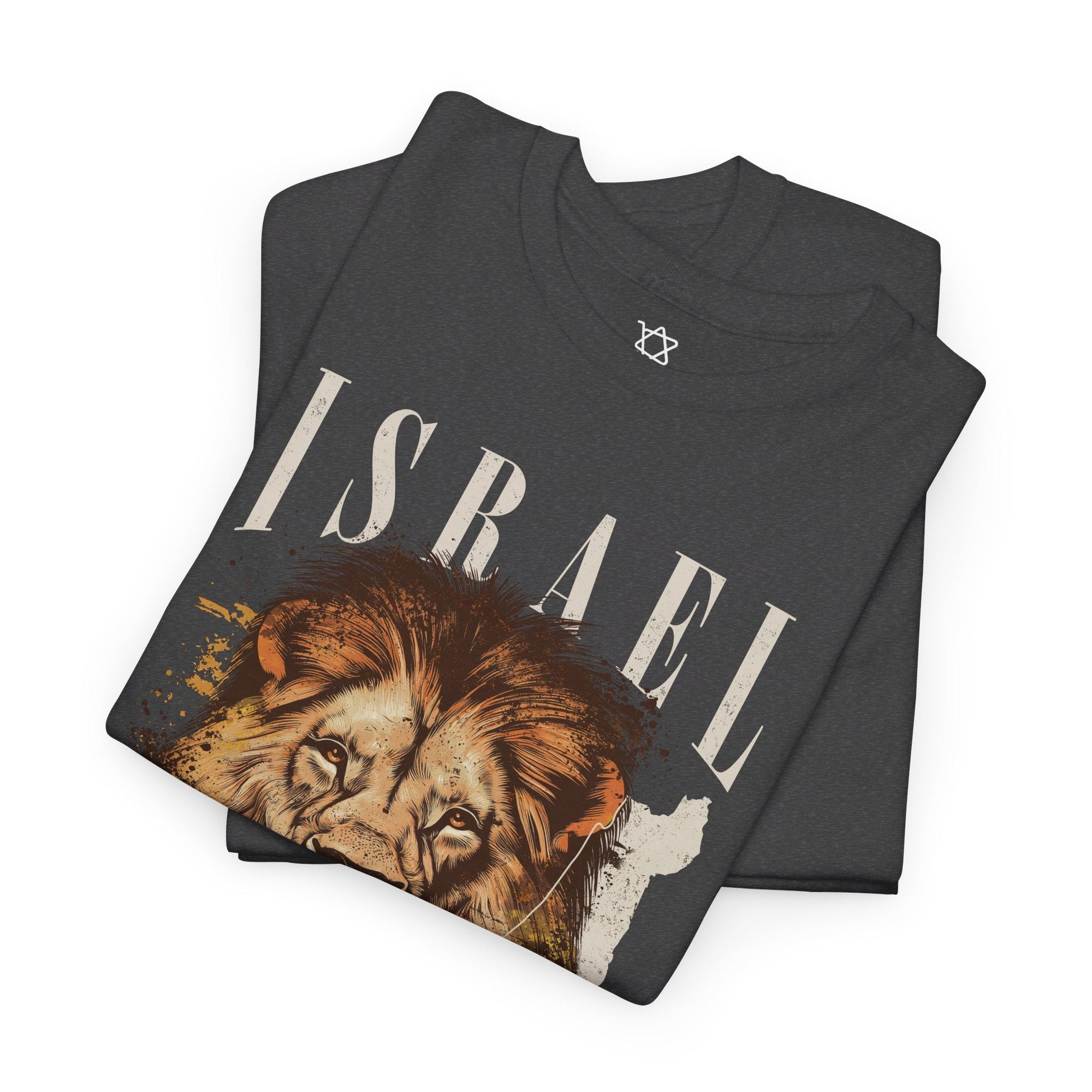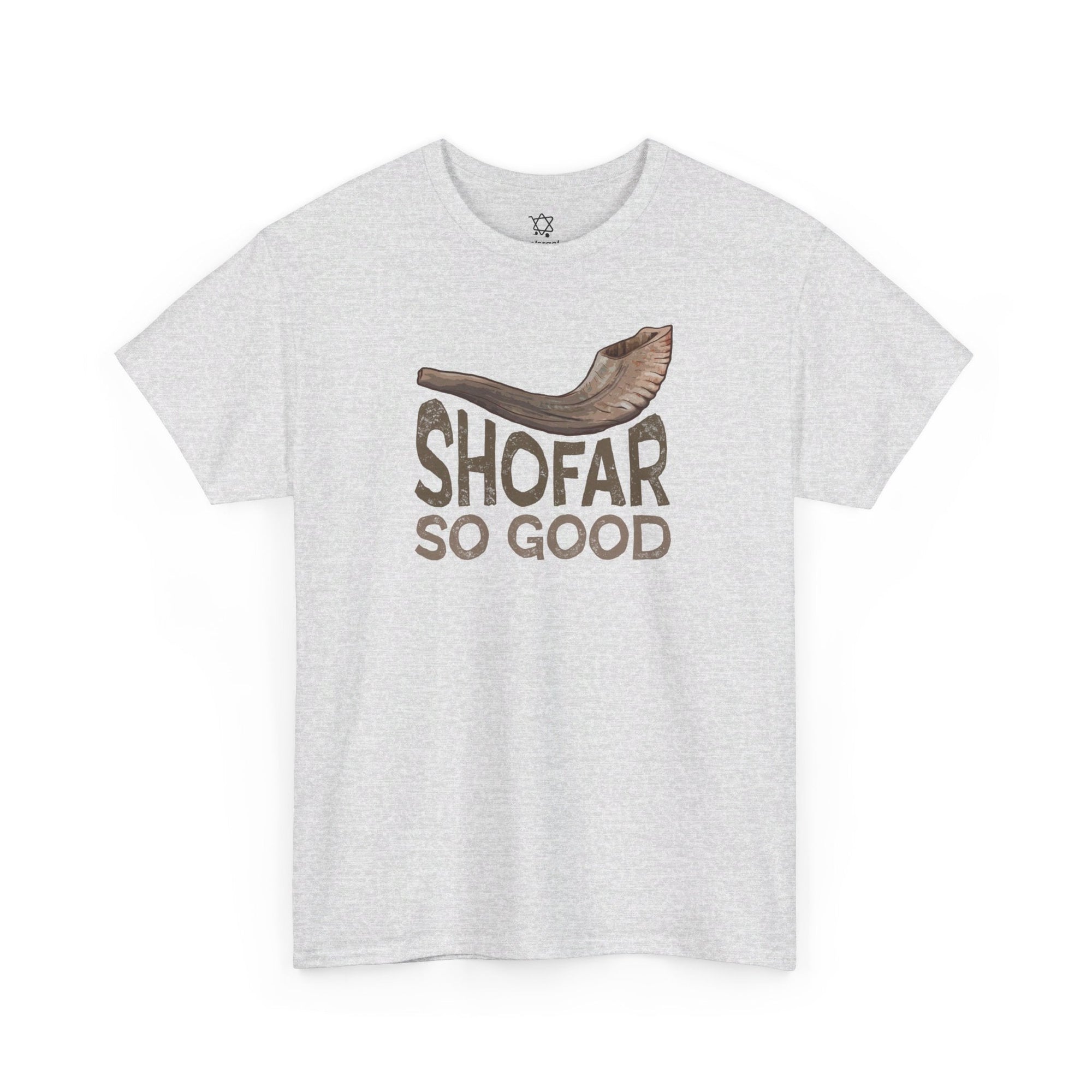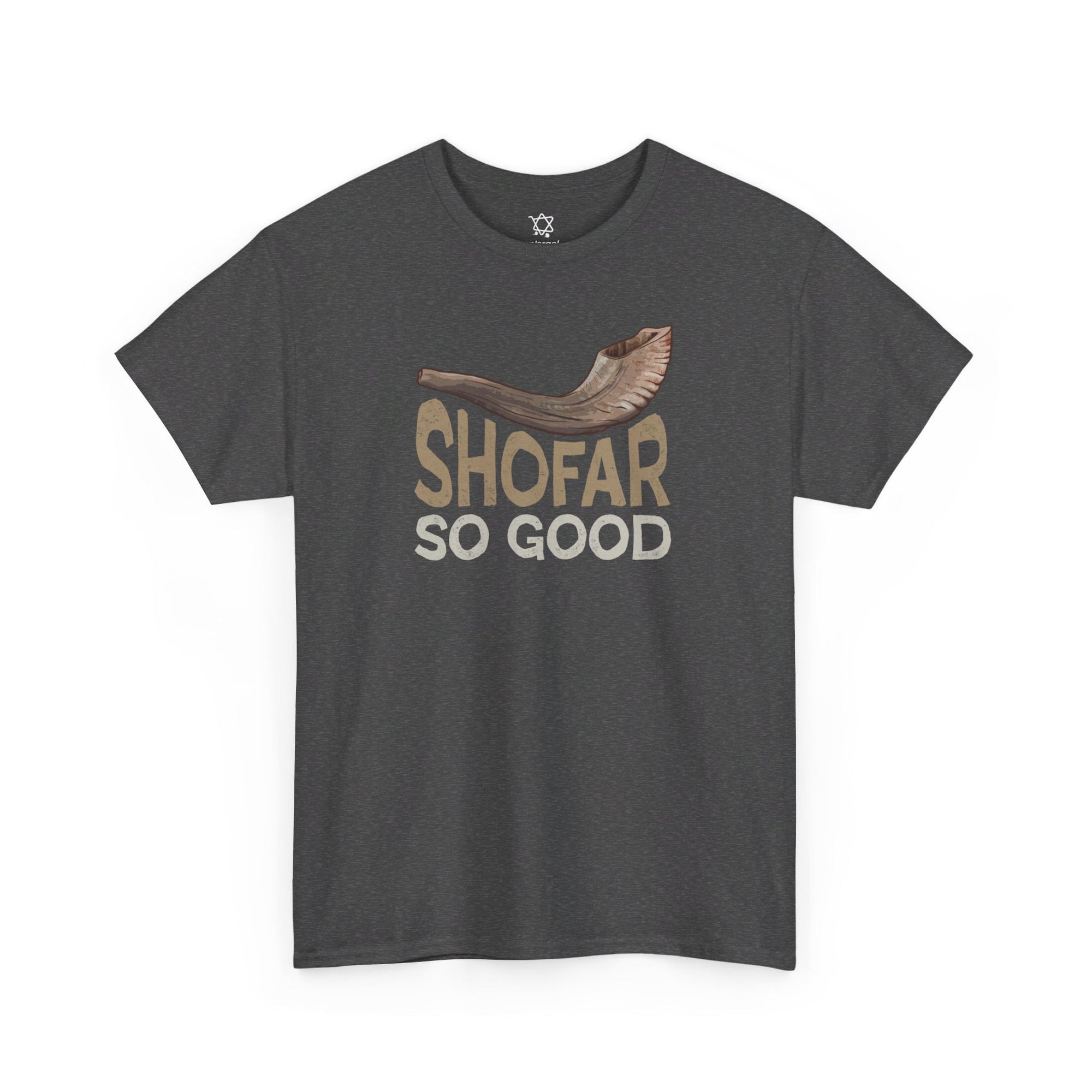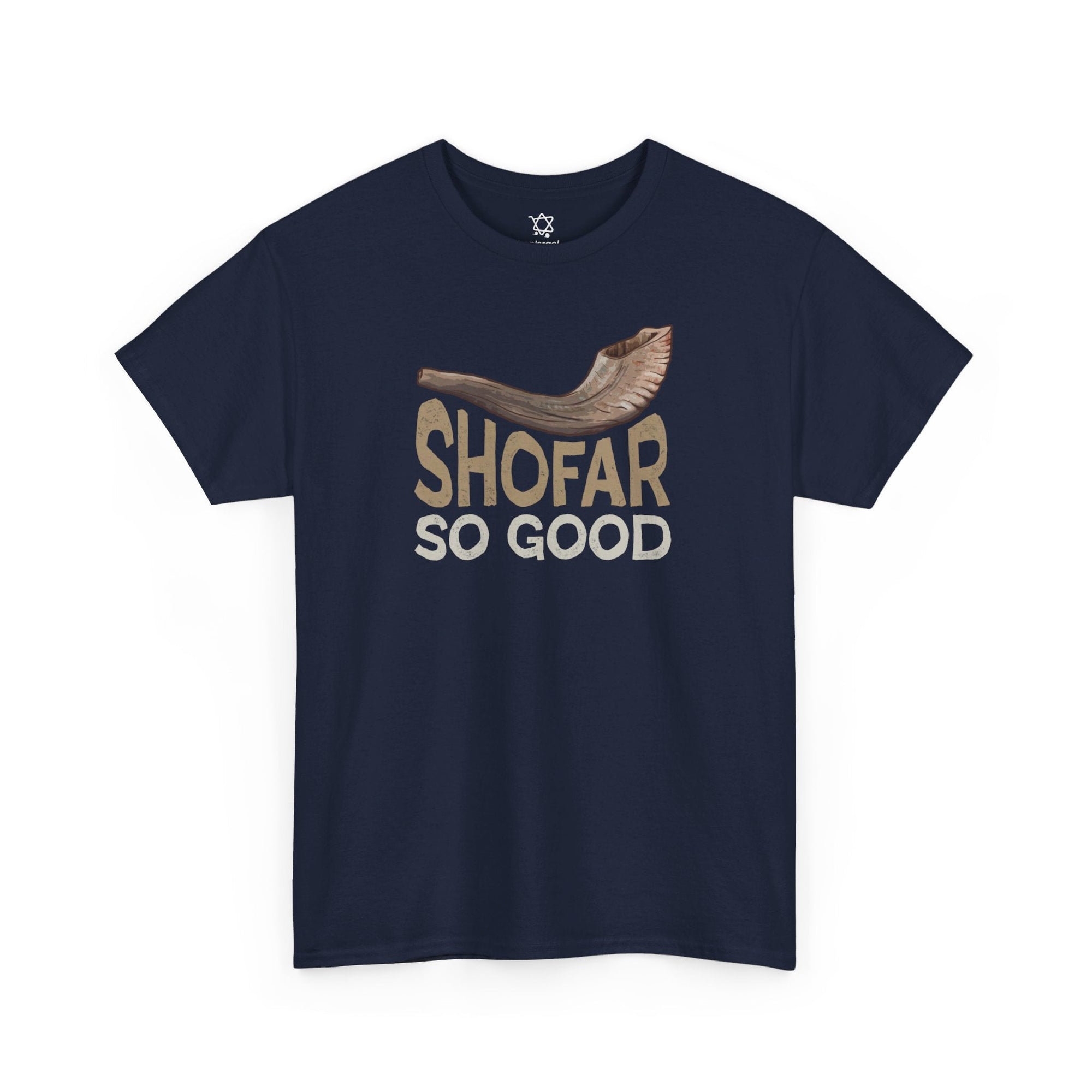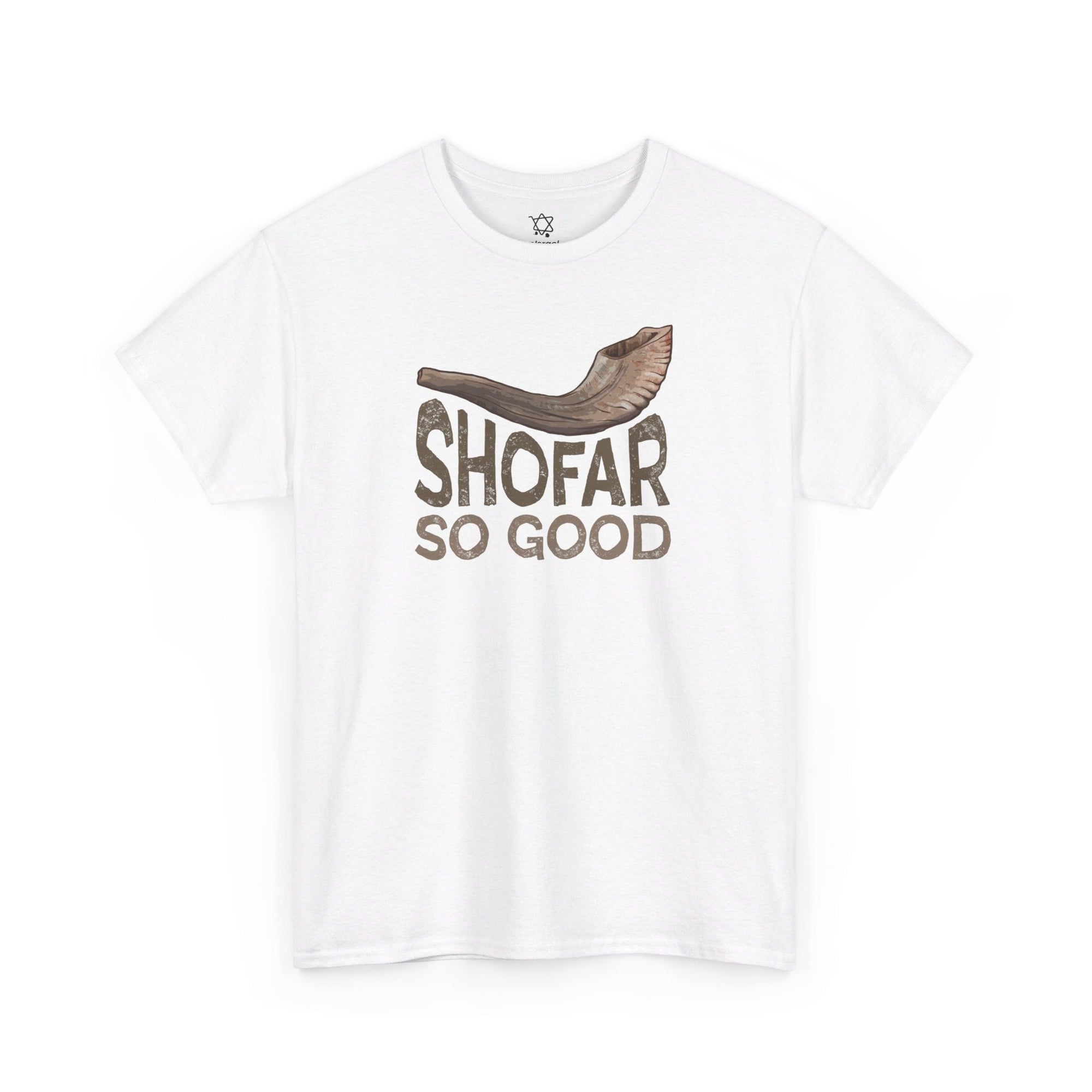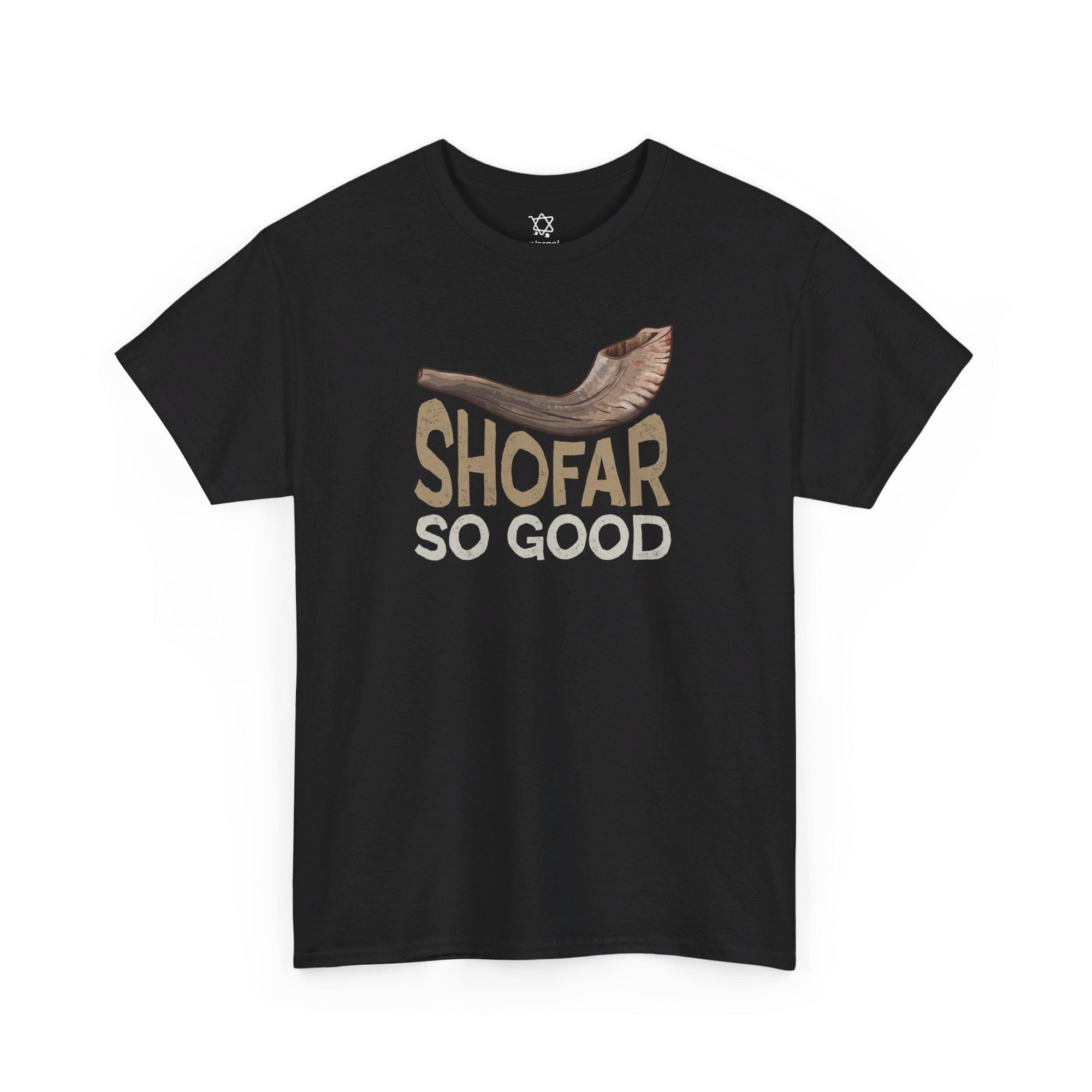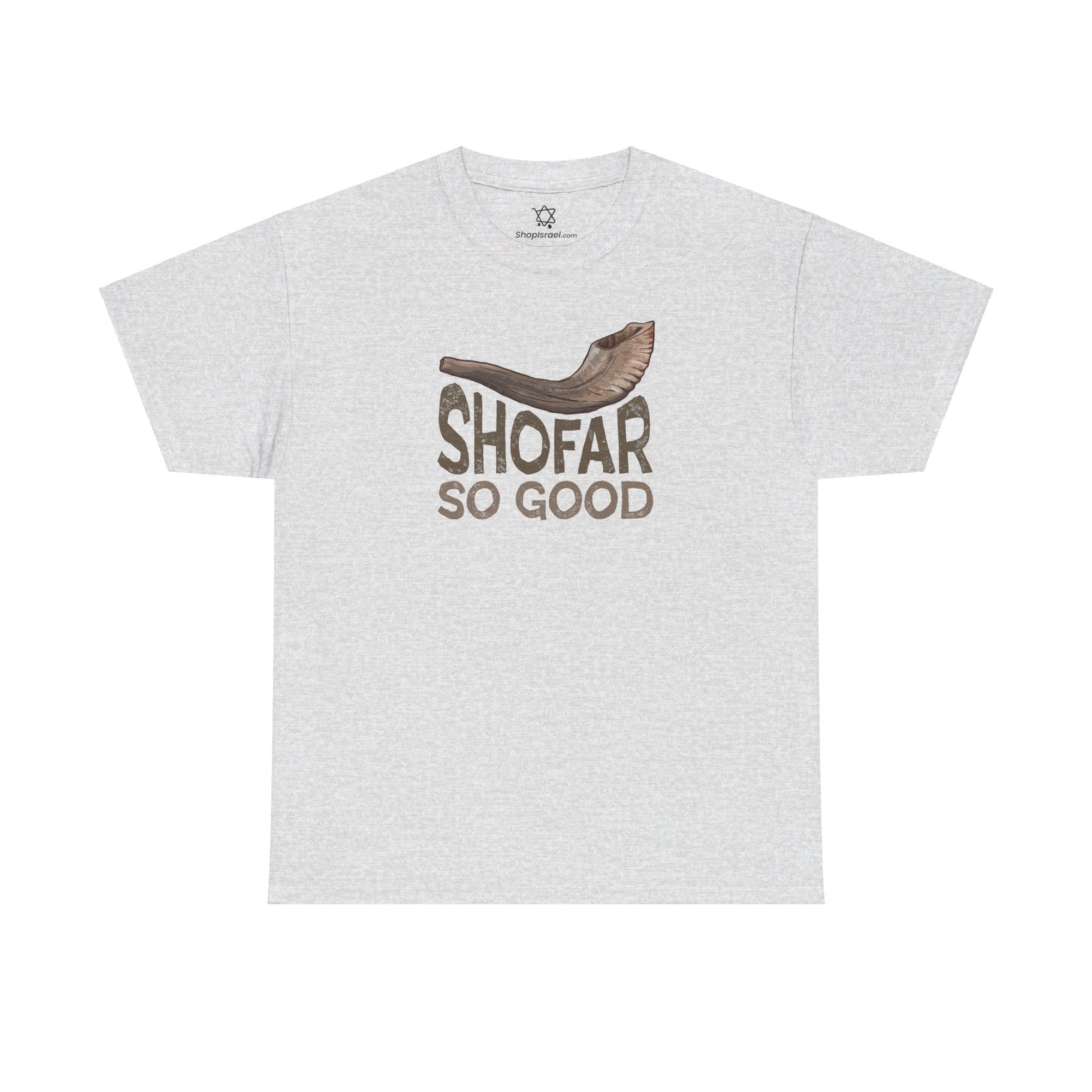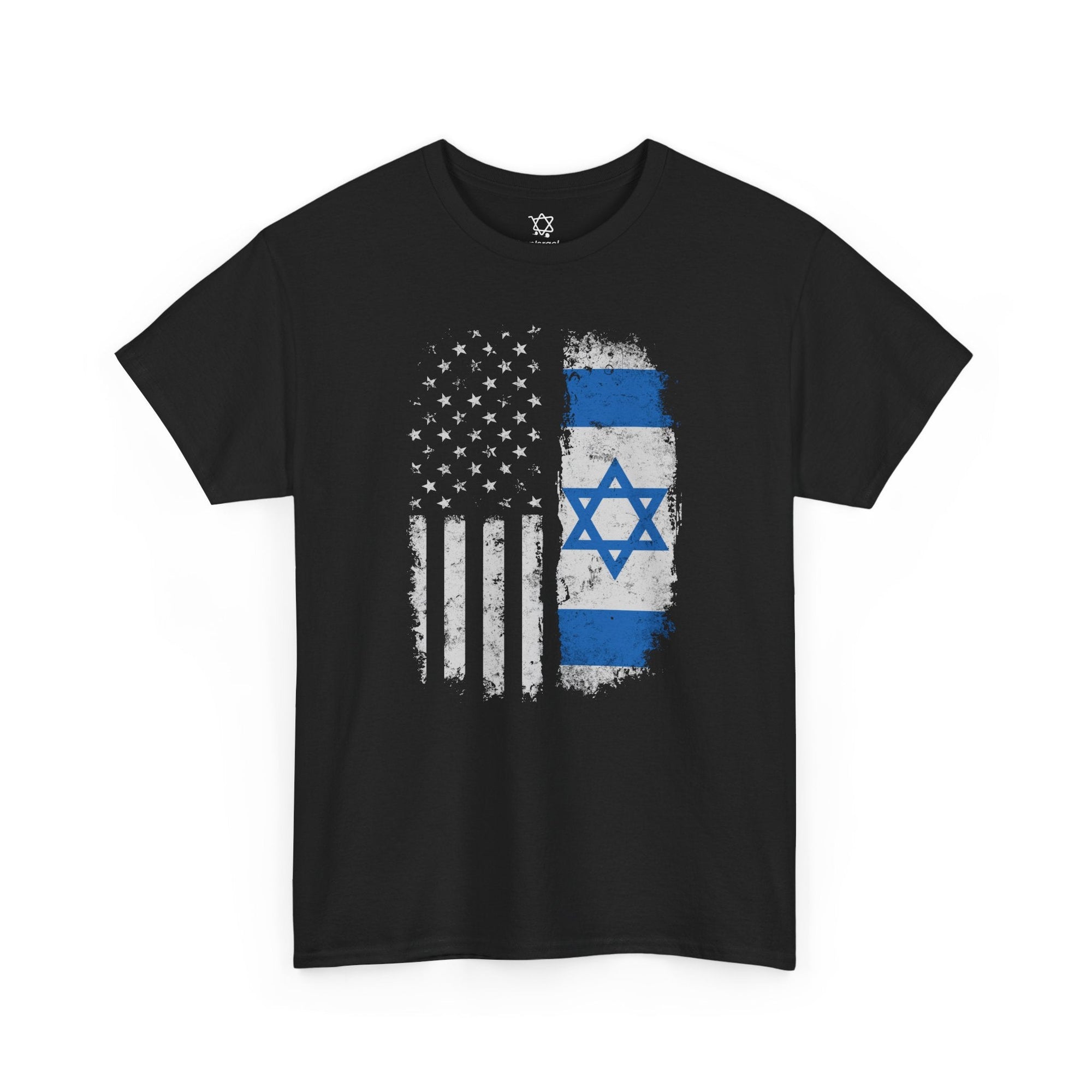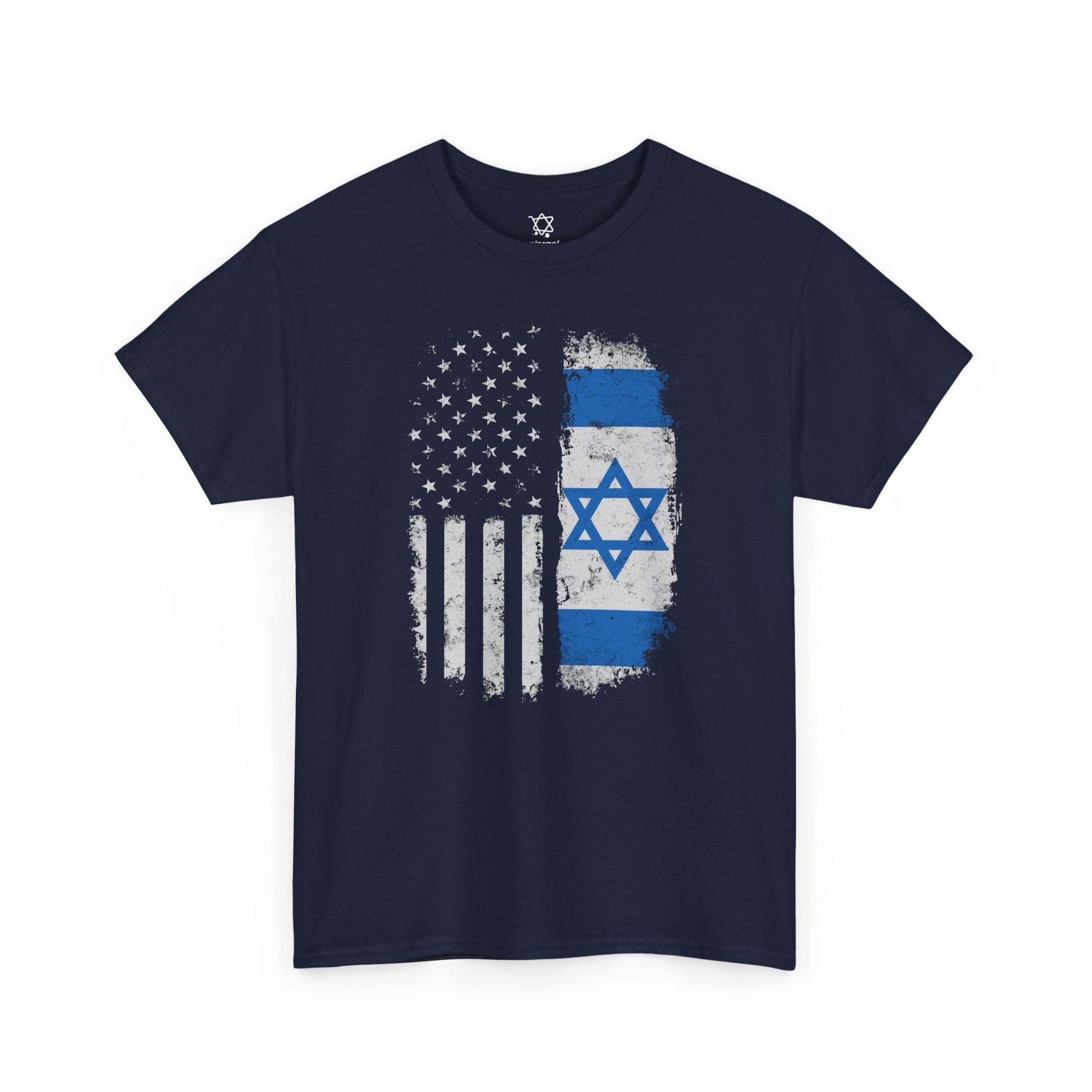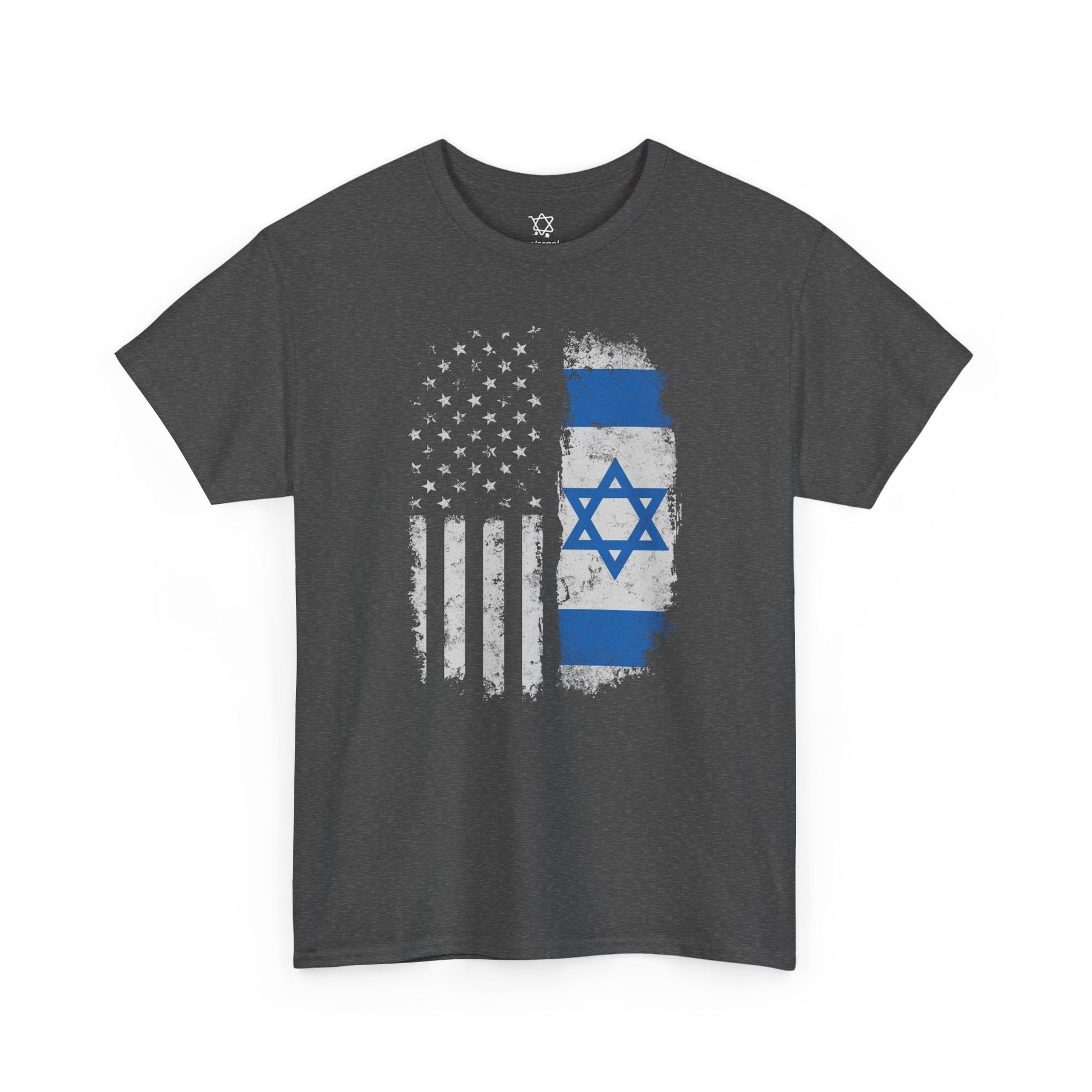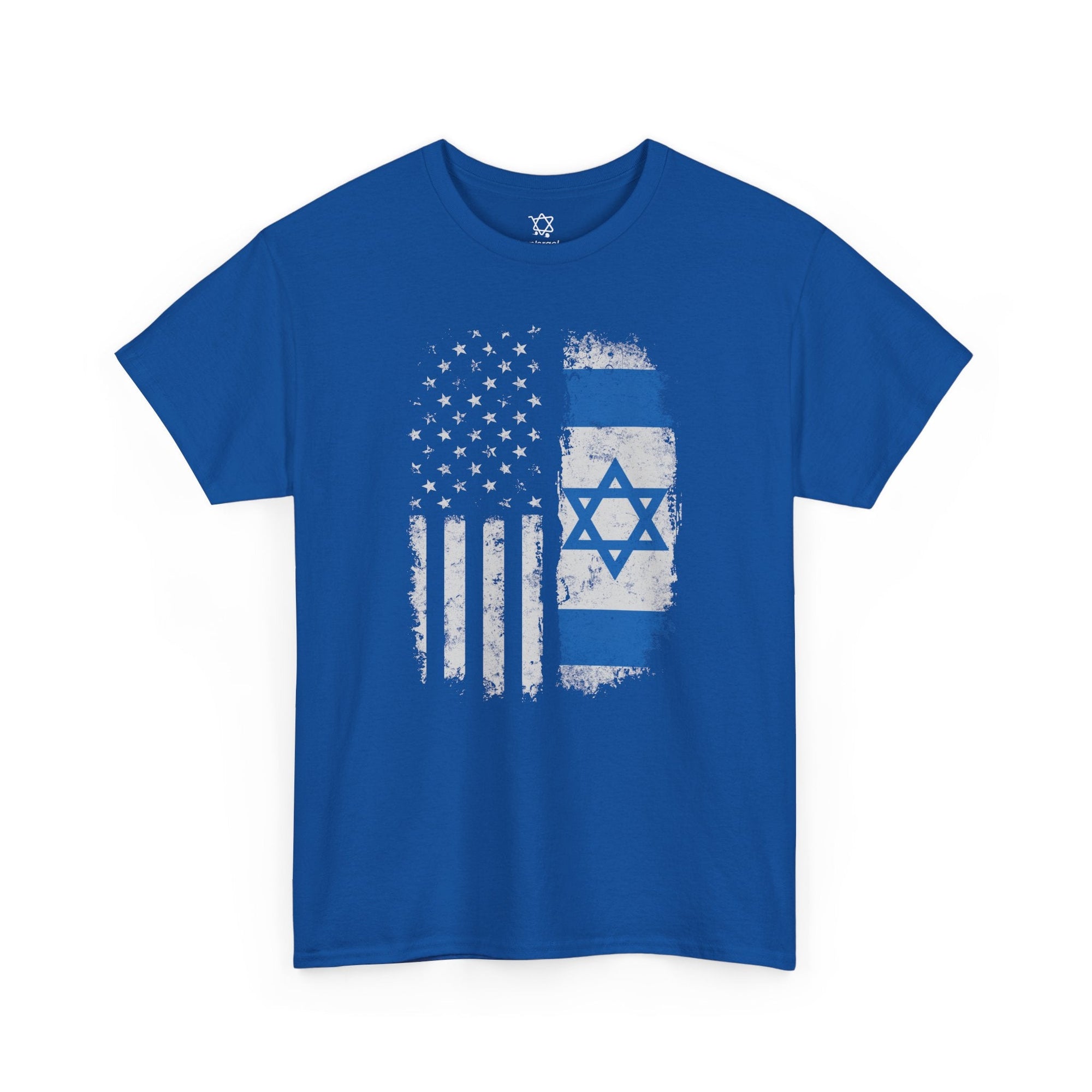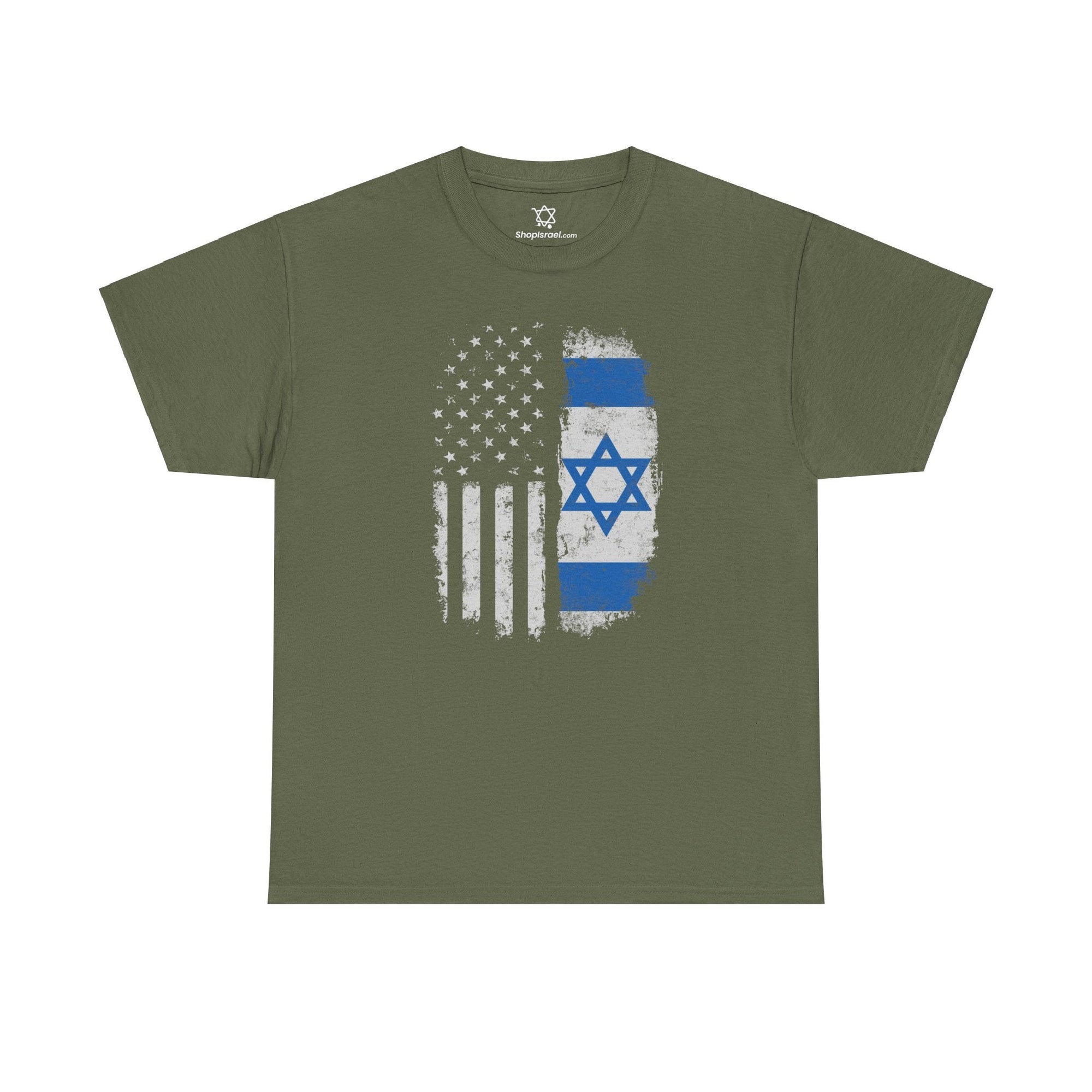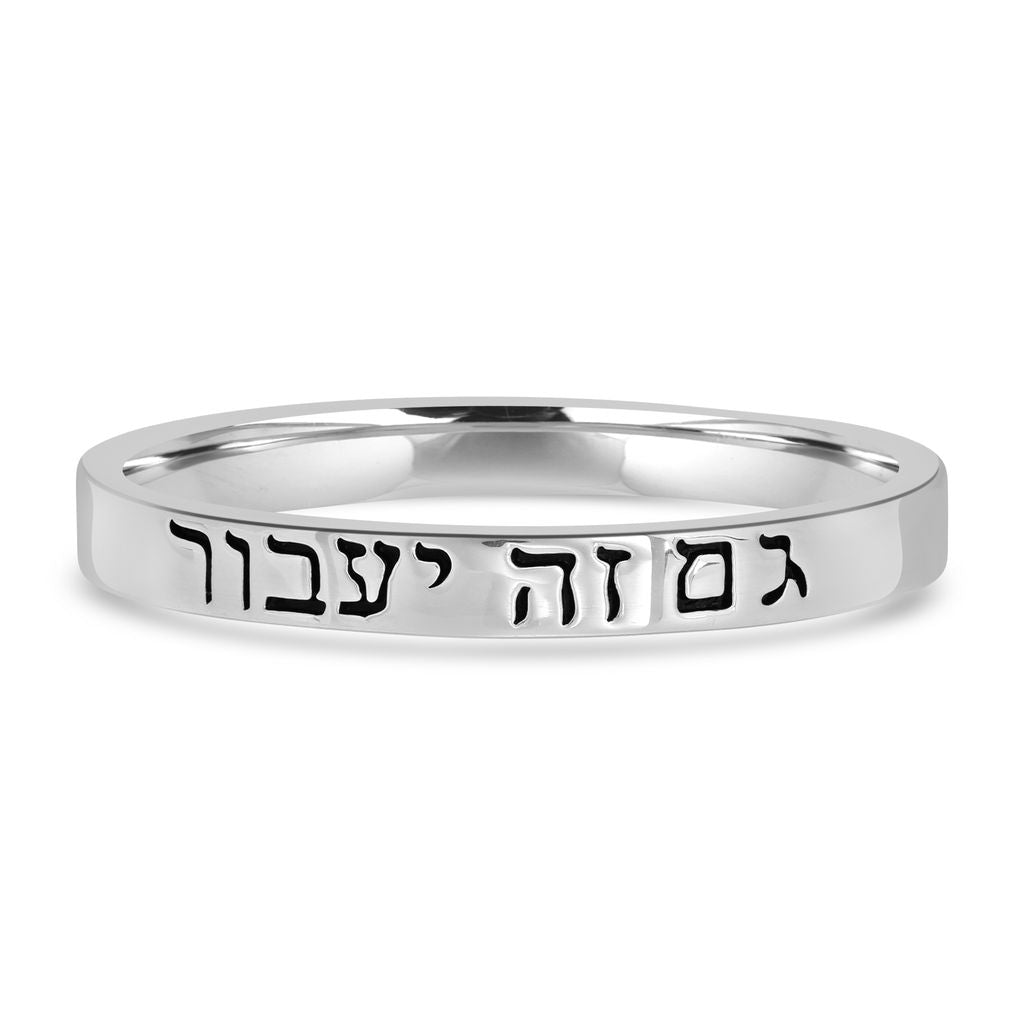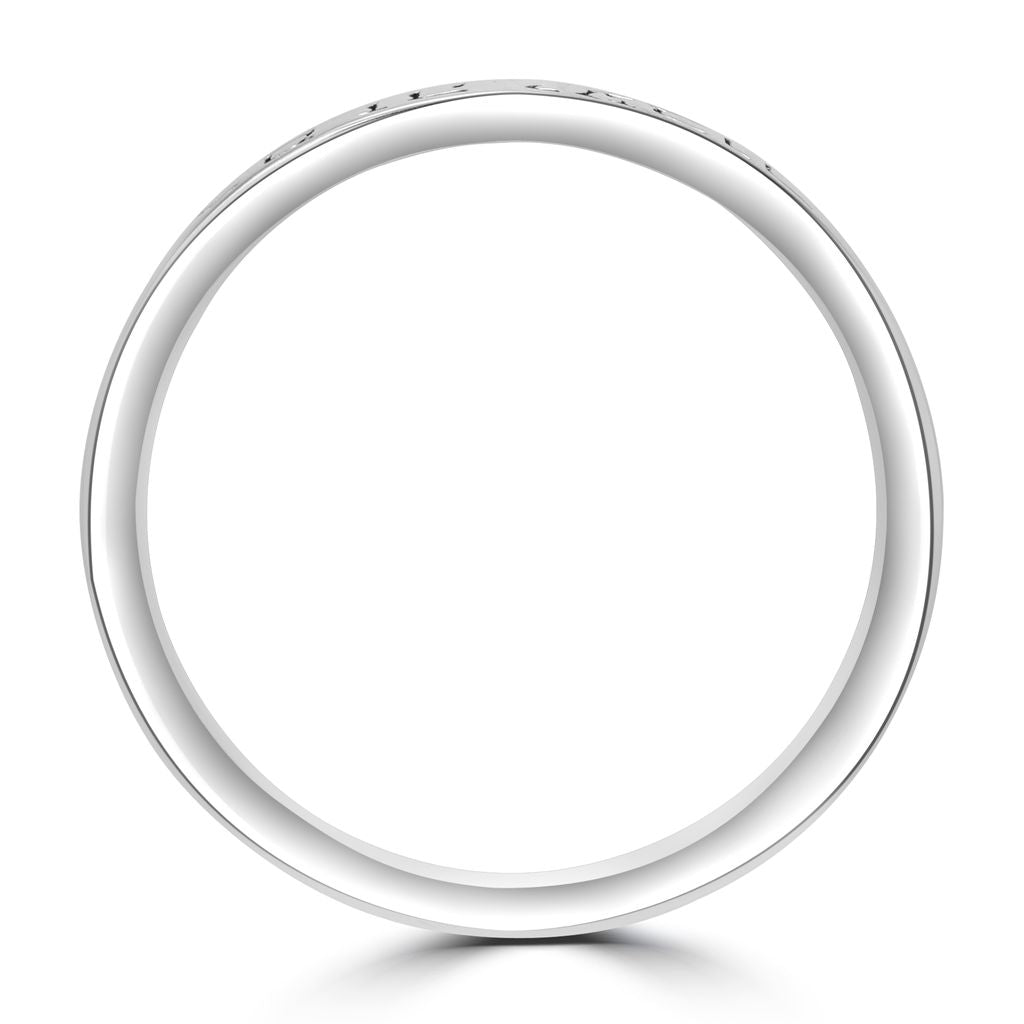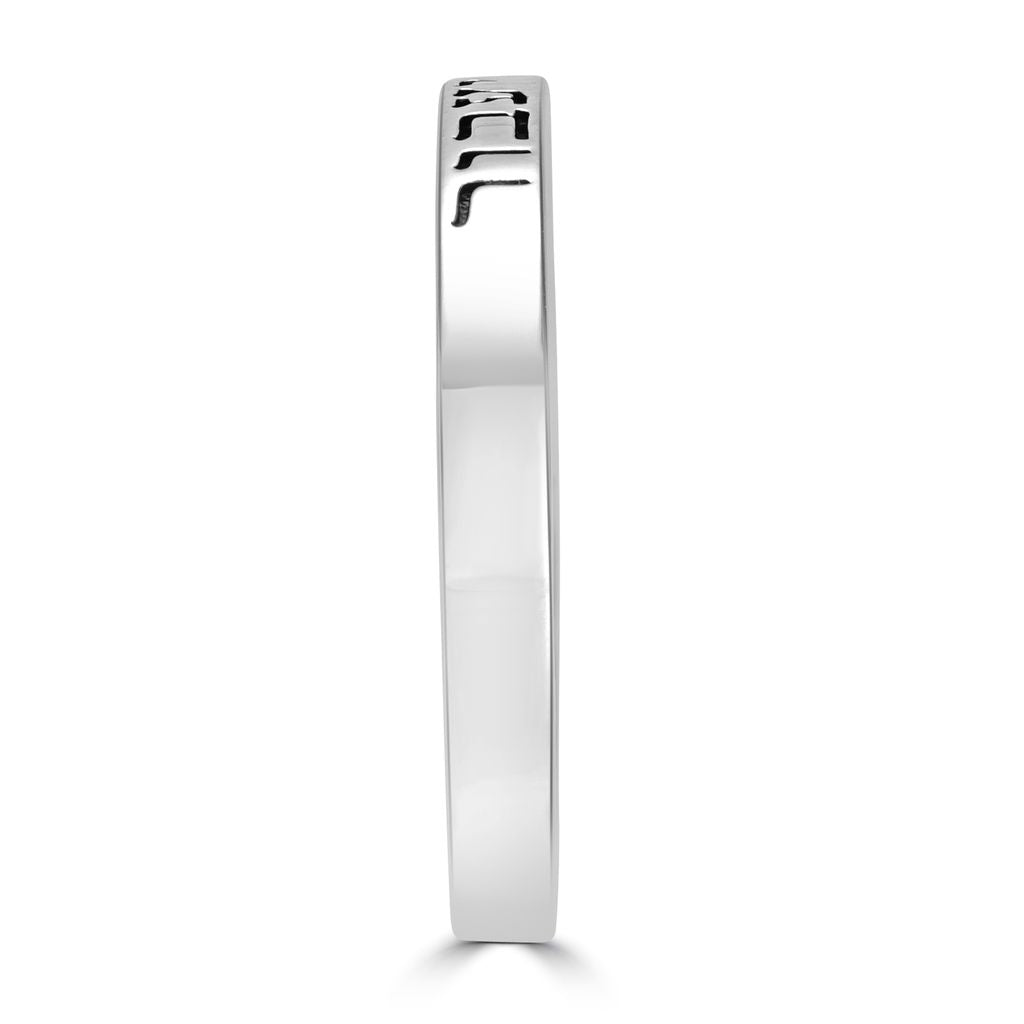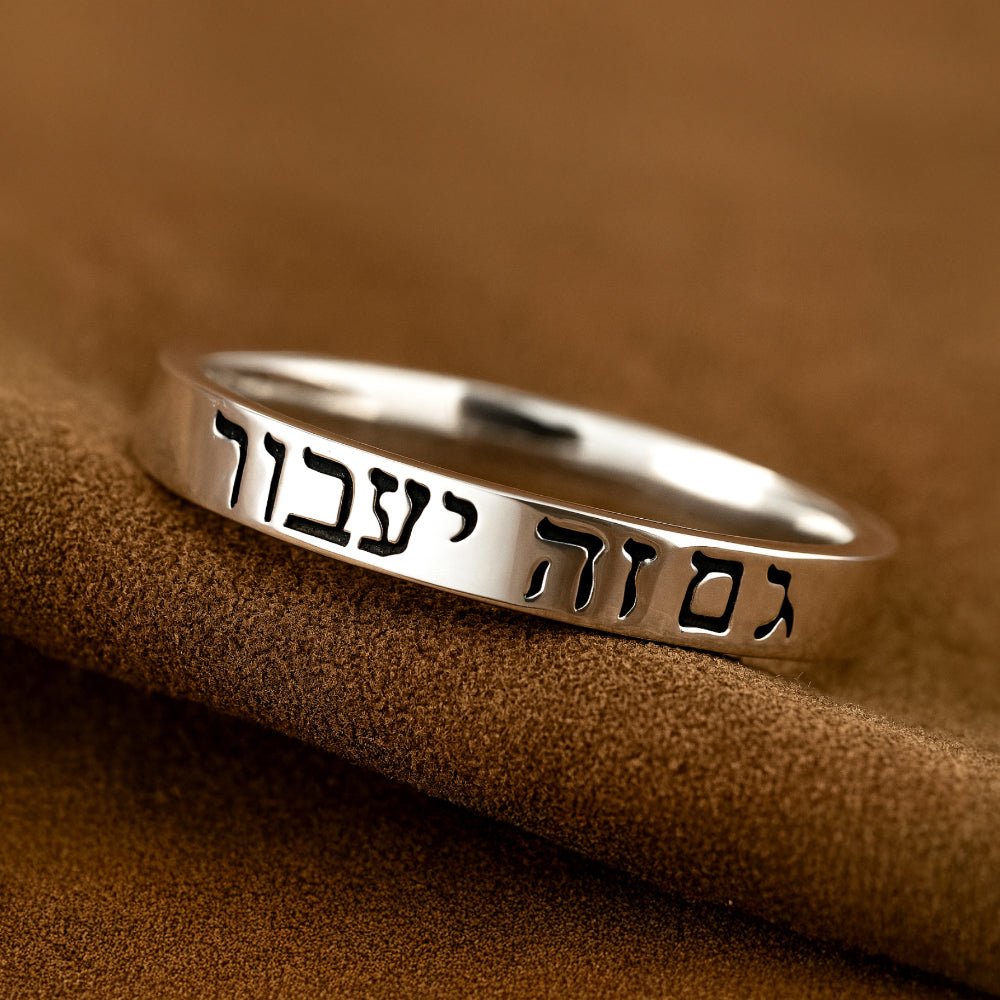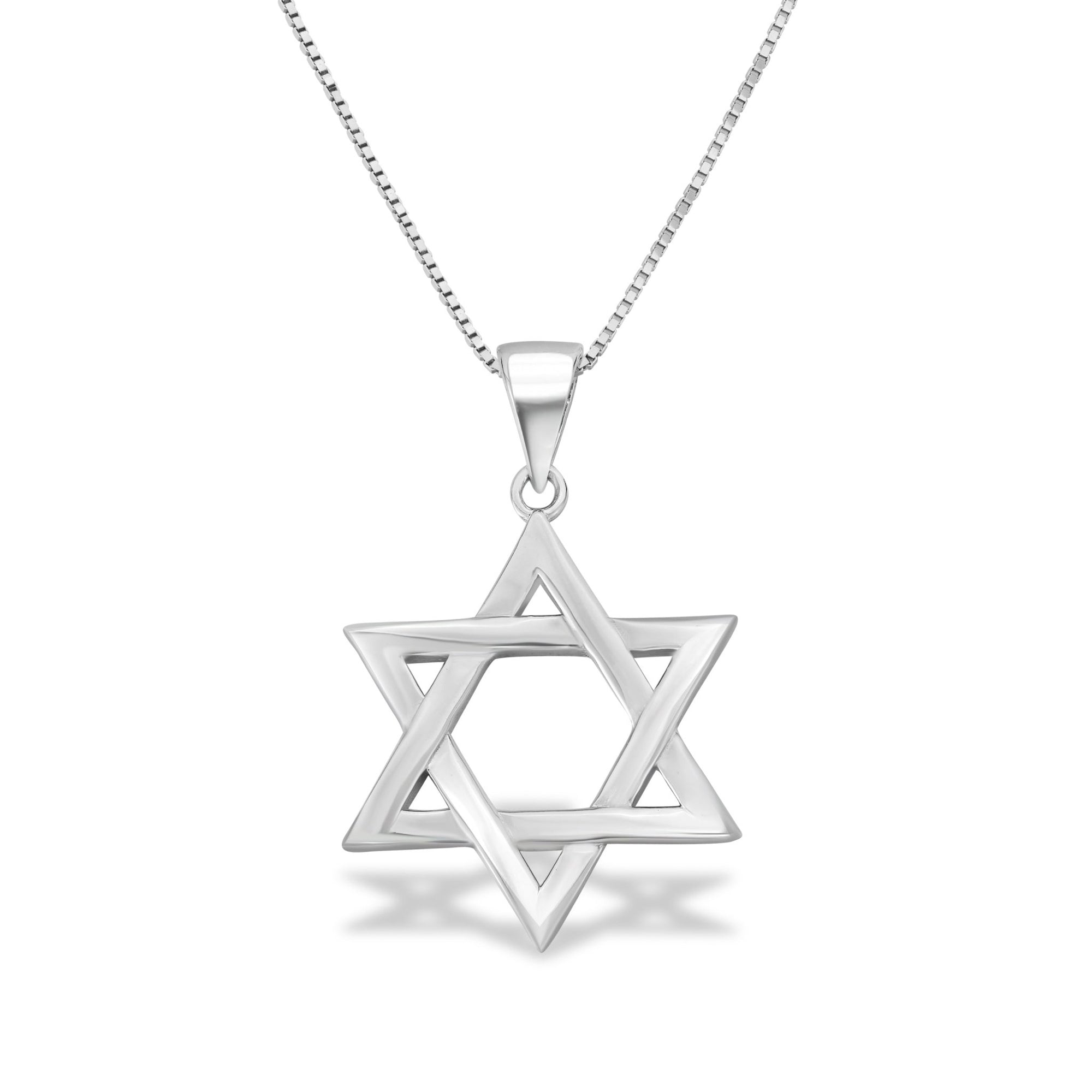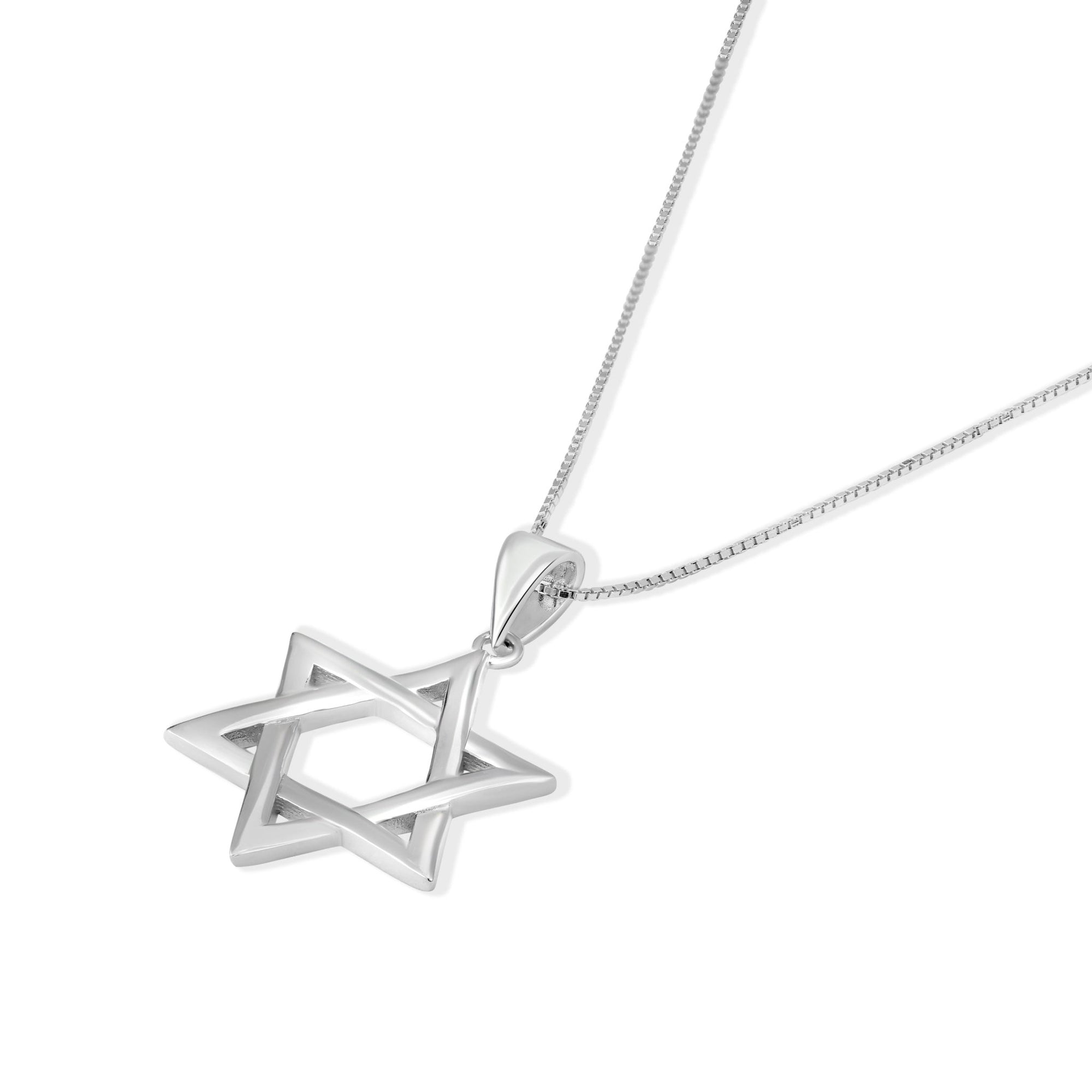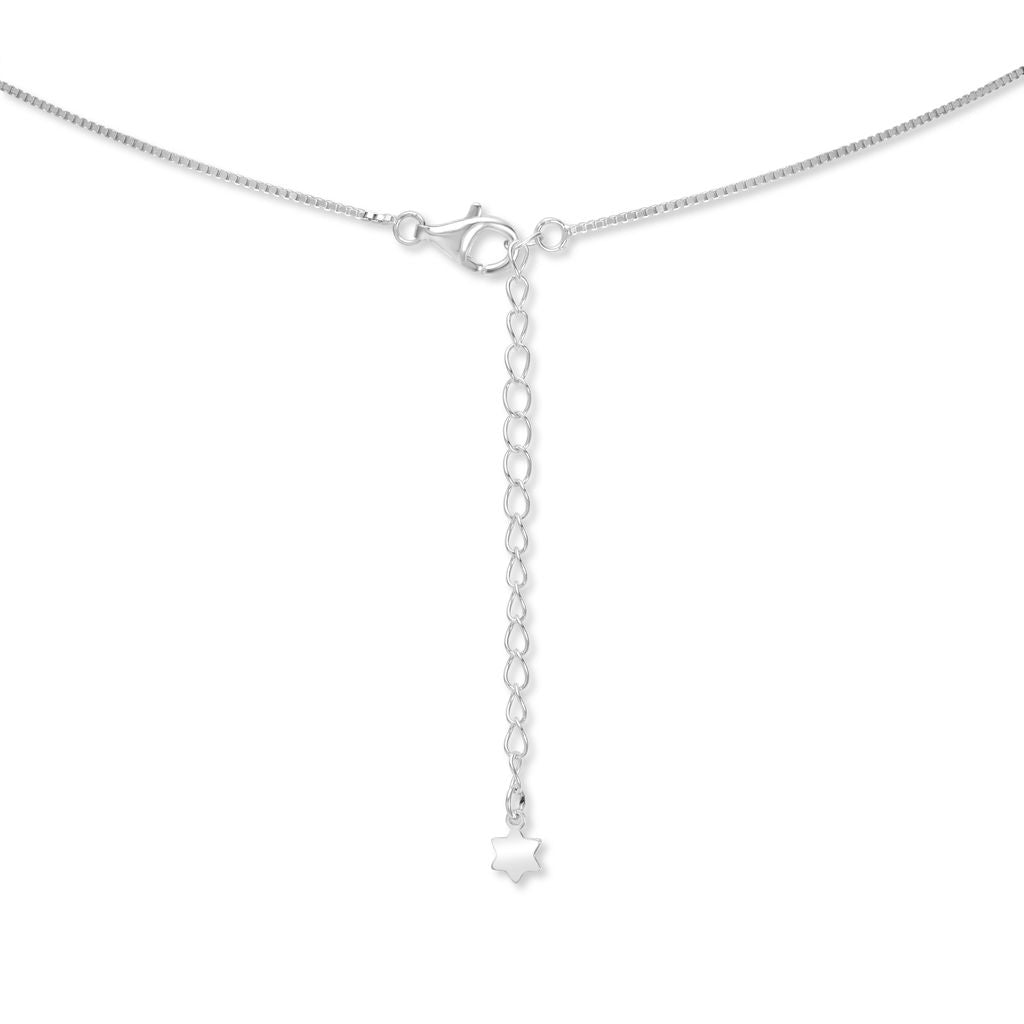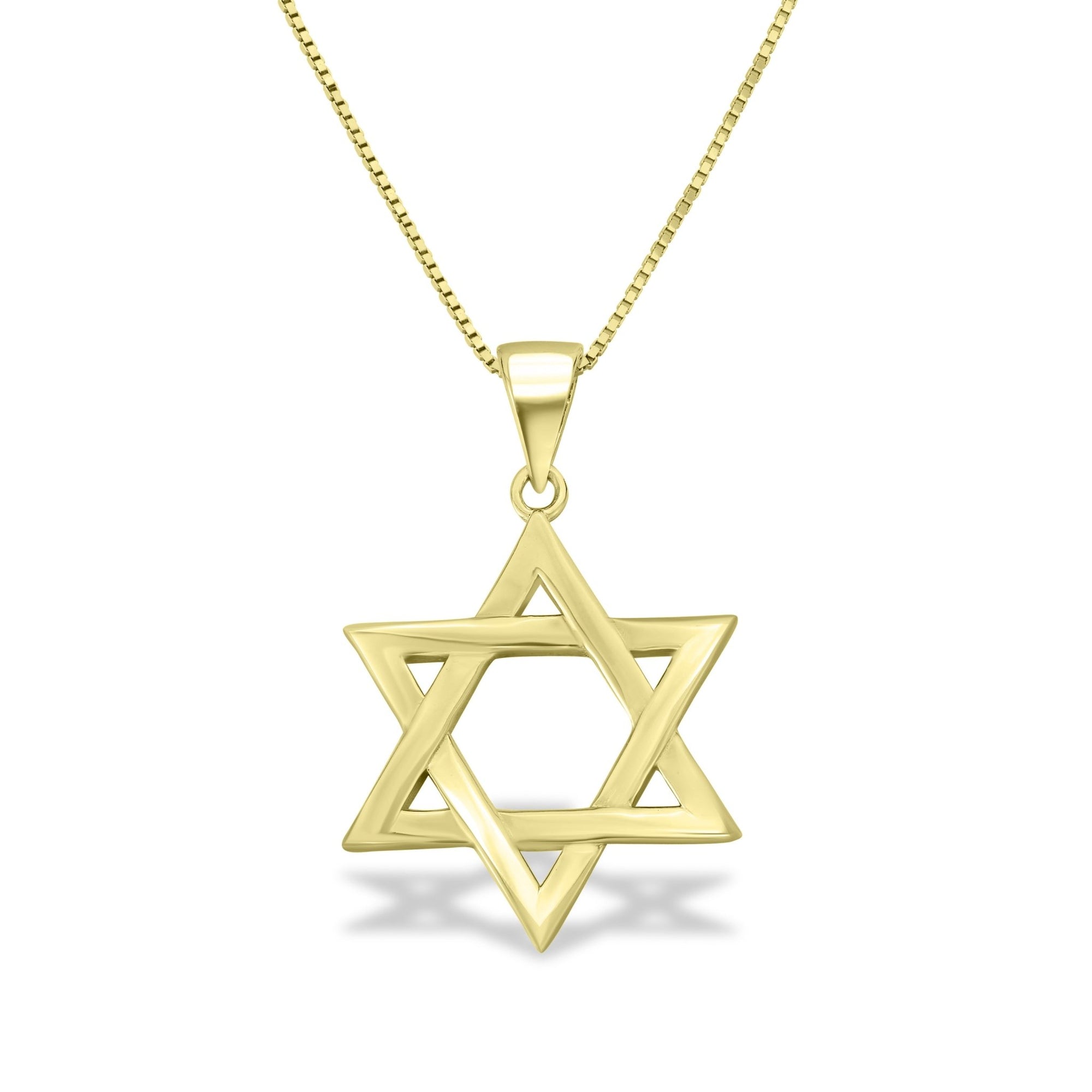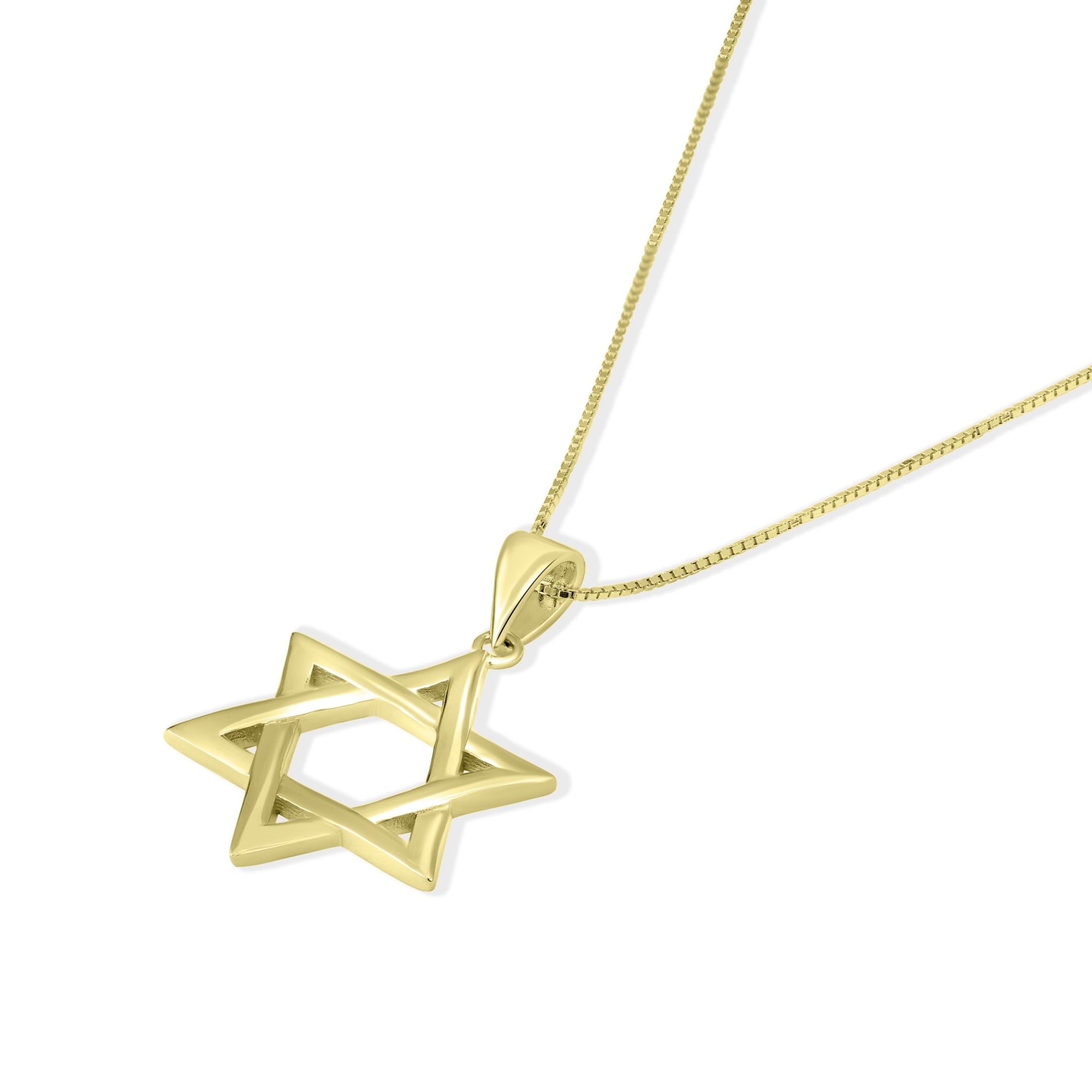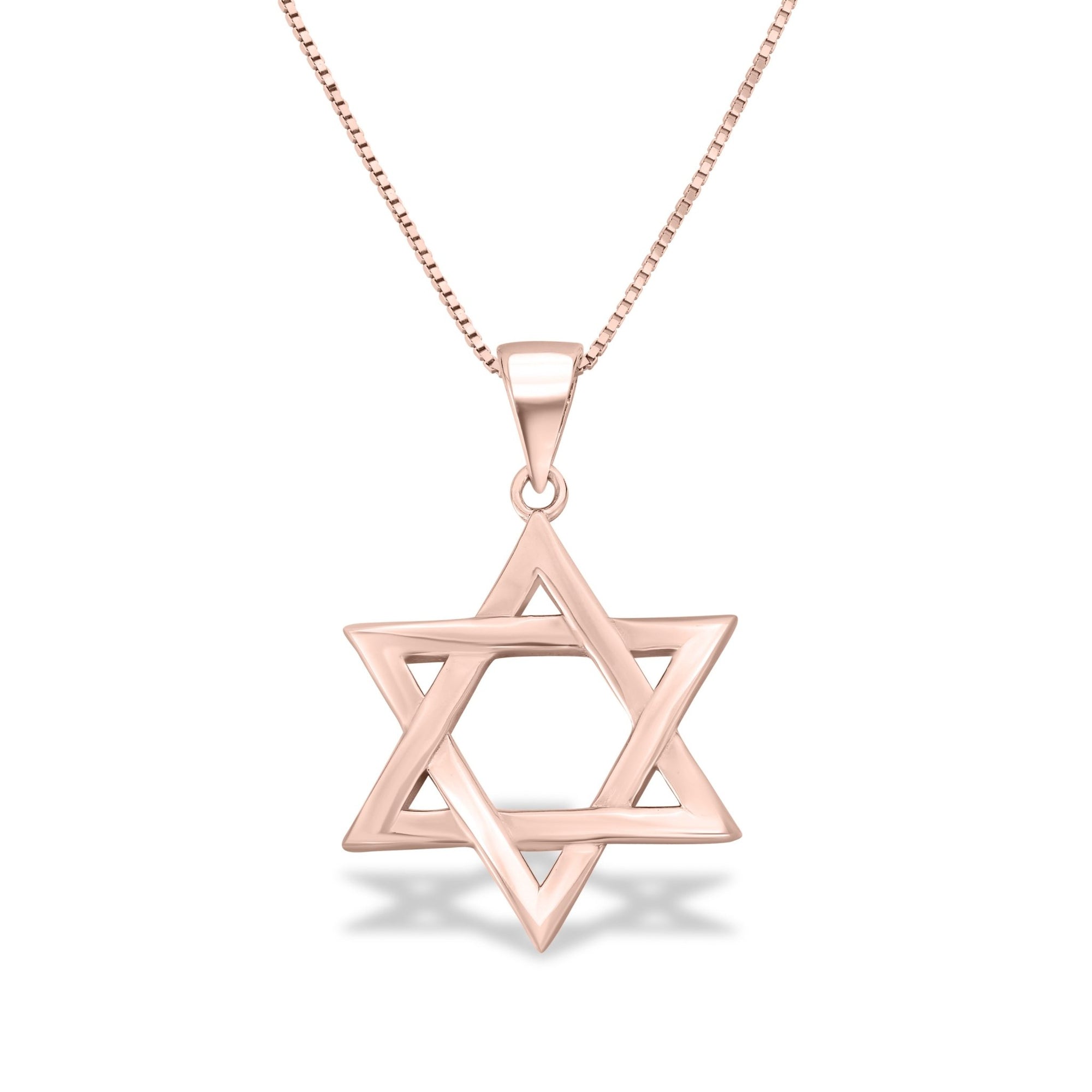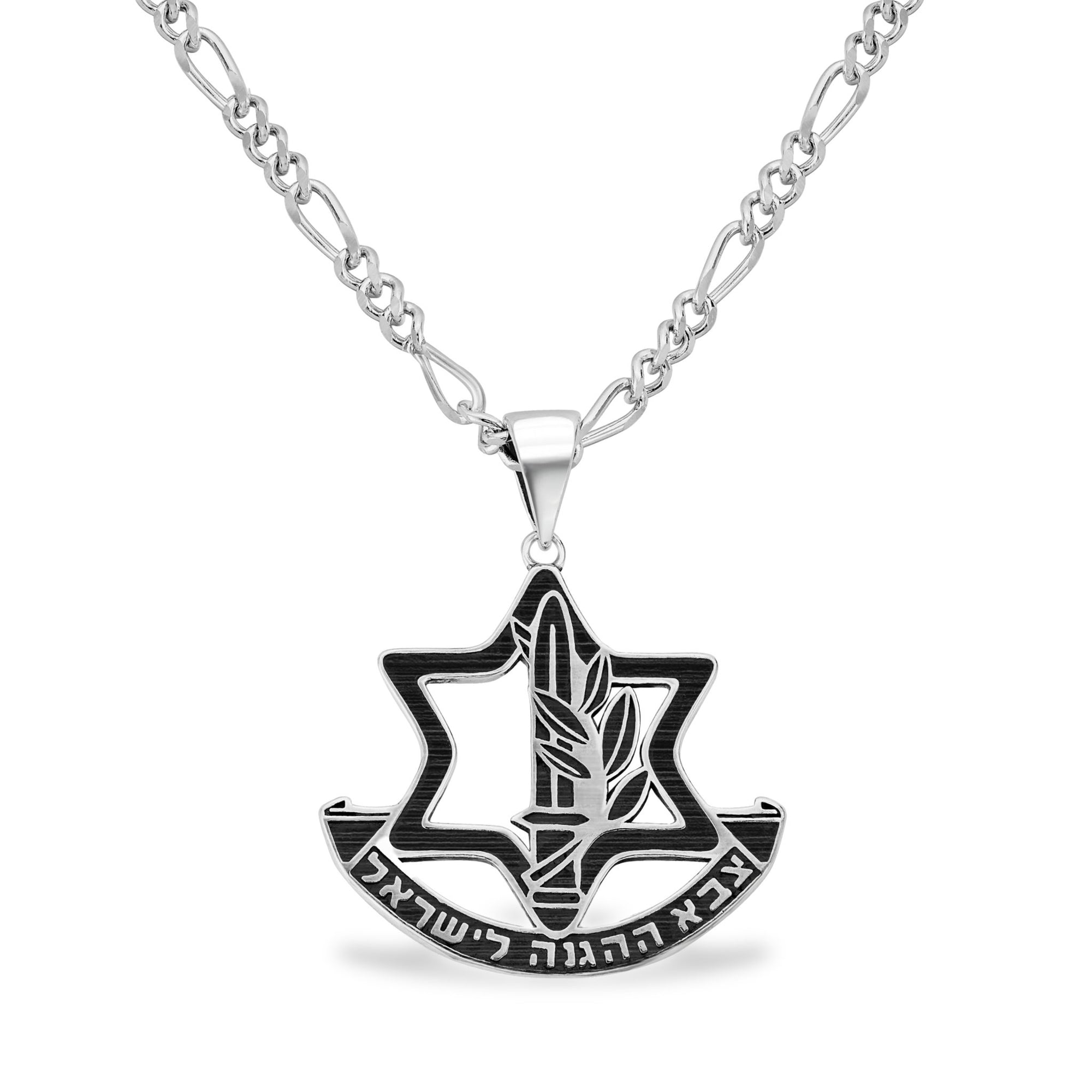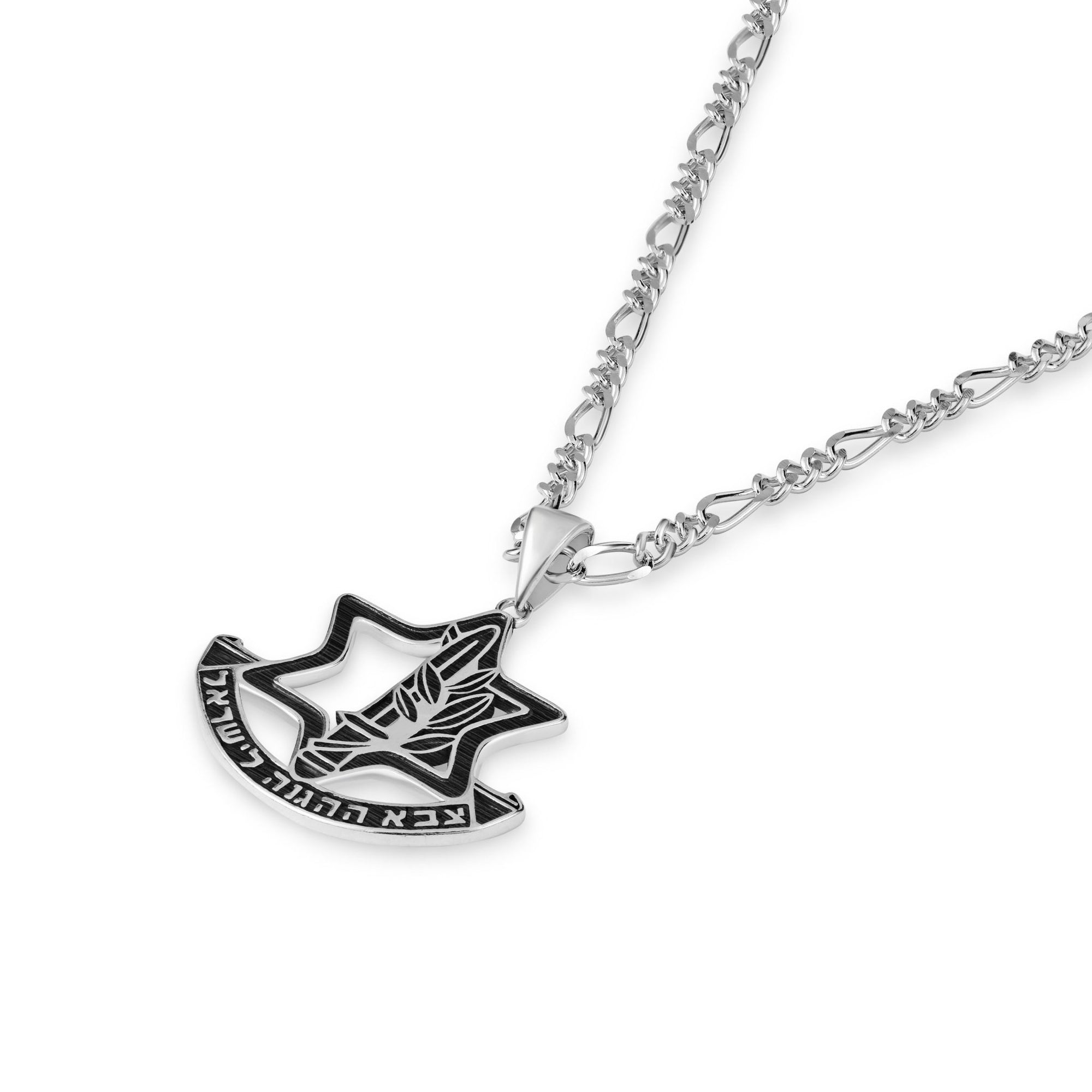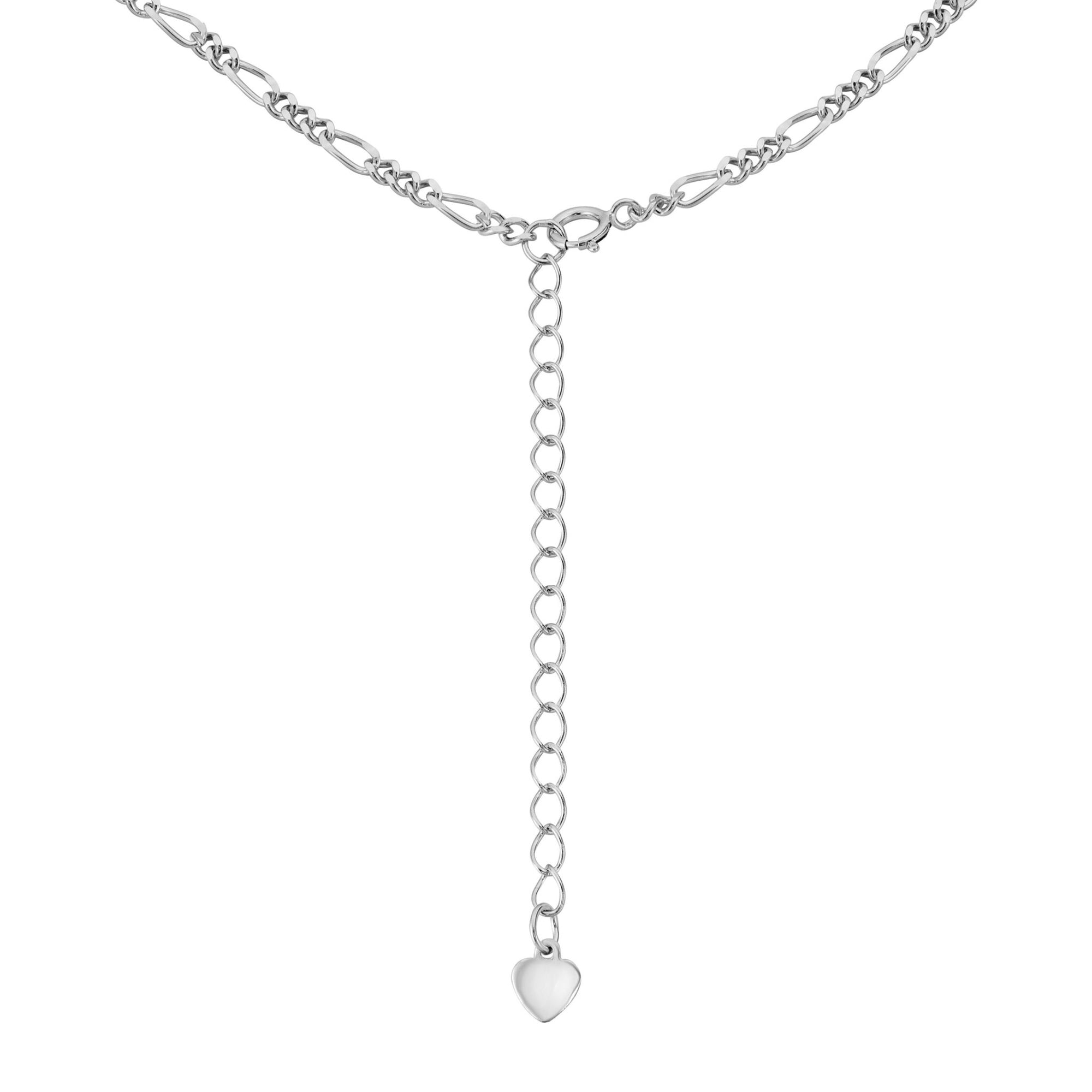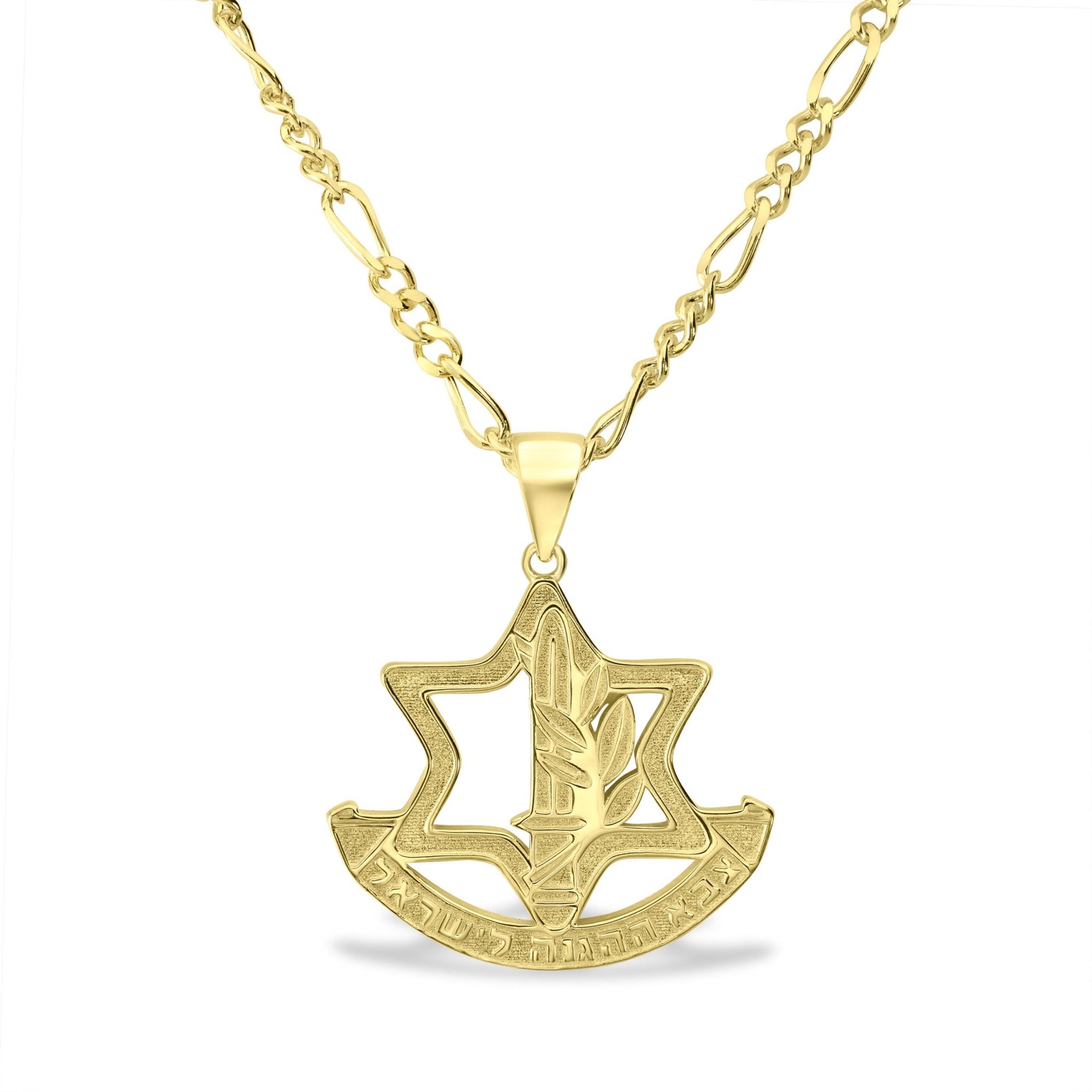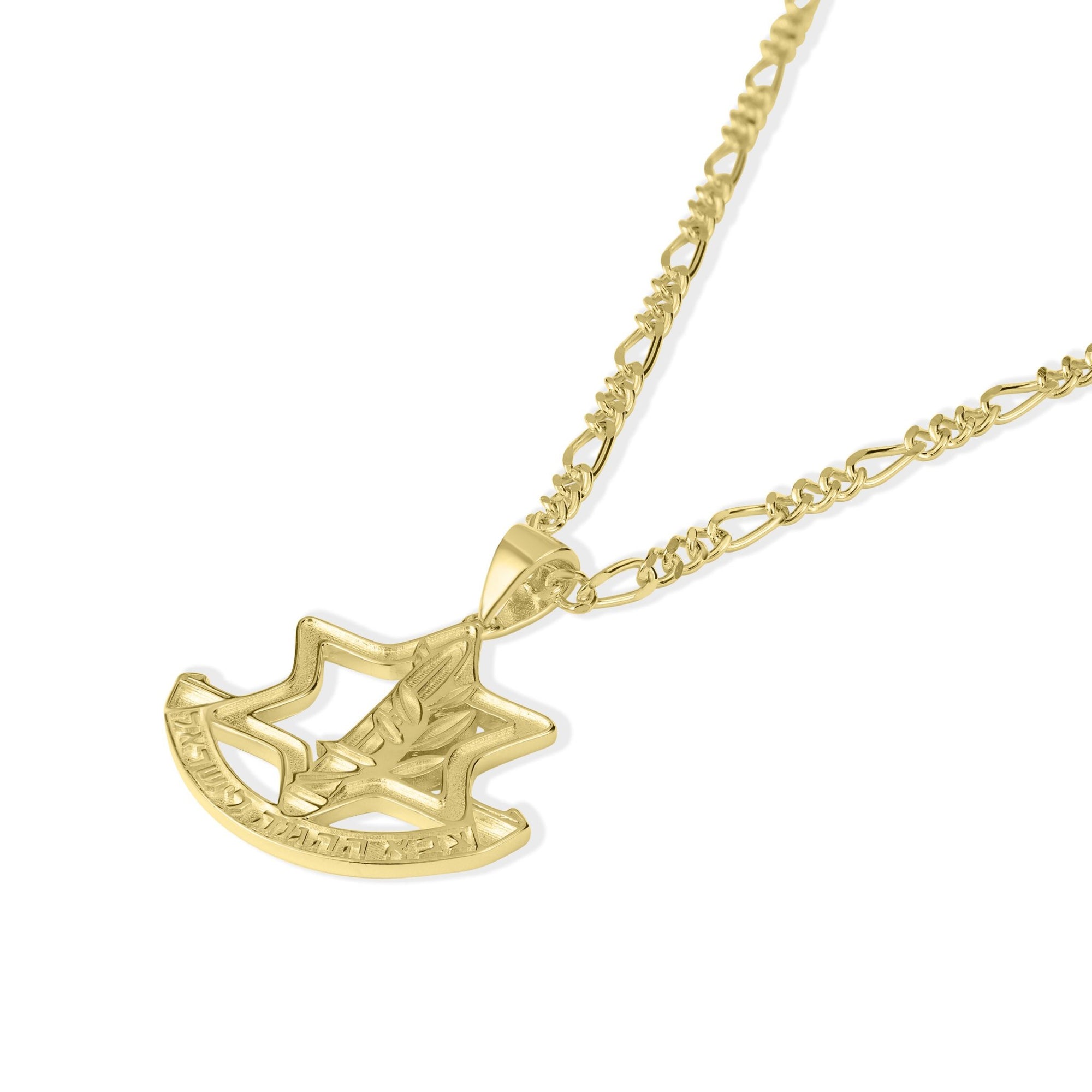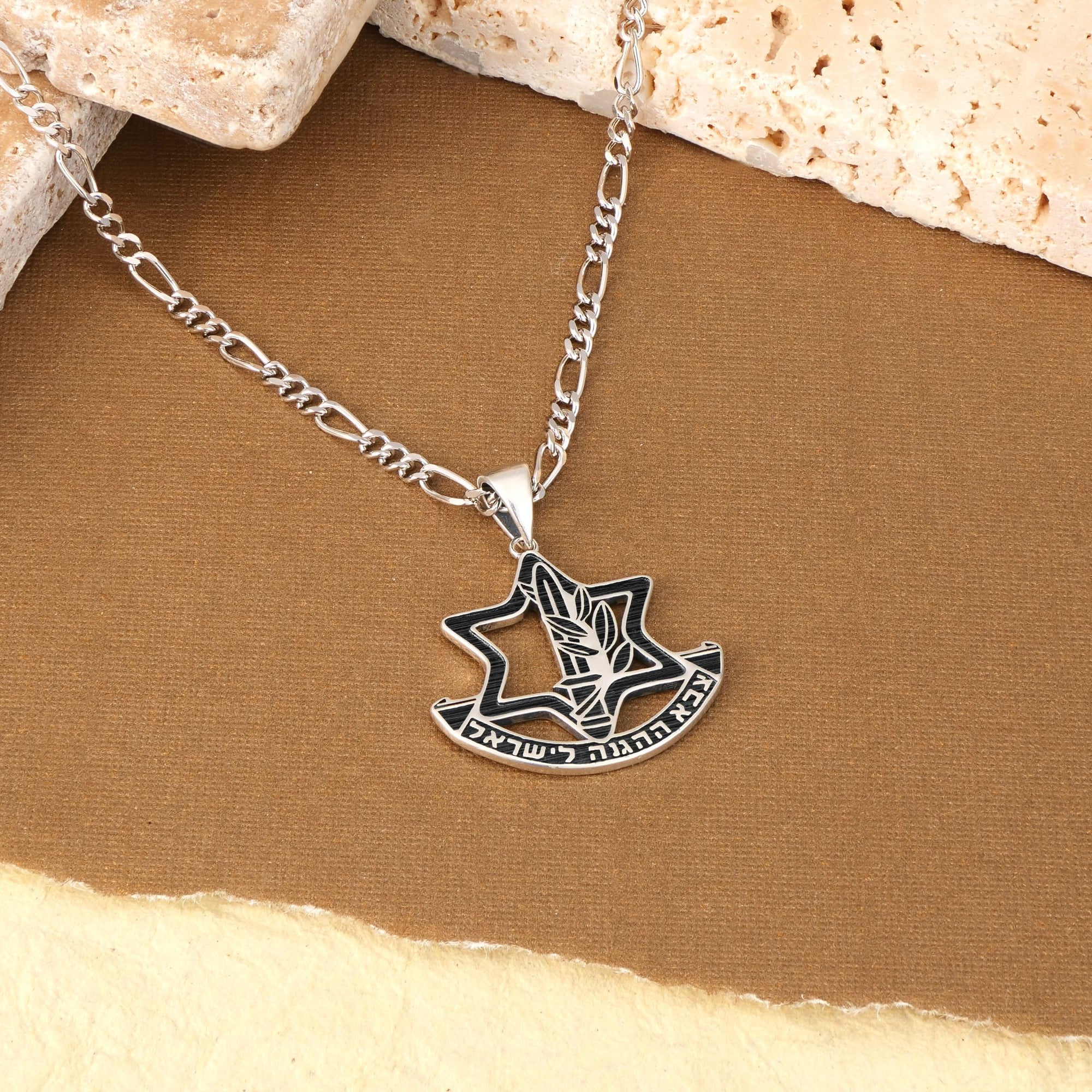- What is the Tree of Life (Etz Chaim)?
- Biblical Origins of the Tree of Life
- Kabbalistic and Mystical Interpretations
- The Tree of Life in Jewish Culture and Symbolism
- Modern Interpretations and Global Influence
- Conclusion
Key Takeaways
- The Etz Chaim (Tree of Life) symbolizes wisdom, divine connection, and the Torah in Jewish thought.
- It has deep roots in biblical, mystical (Kabbalistic), and cultural traditions, influencing Jewish spirituality and ethics.
- The Tree of Life appears in Jewish texts, synagogue art, and religious philosophy, emphasizing the pursuit of knowledge and righteousness.
What is the Tree of Life (Etz Chaim)?
The Etz Chaim (עֵץ חַיִּים), Hebrew for "Tree of Life," is a powerful symbol in Judaism representing wisdom, spiritual enlightenment, and divine connection.
It appears in both biblical and mystical traditions, most notably in the Torah and Kabbalah, where it signifies both the actual tree in the Garden of Eden and a metaphor for divine wisdom and the Torah itself.
Biblical Origins of the Tree of Life
The Etz Chaim first appears in the Book of Genesis:
"And the Lord God made all kinds of trees grow out of the ground—trees that were pleasing to the eye and good for food. In the middle of the garden were the Tree of Life and the Tree of Knowledge of Good and Evil."
— Genesis 2:9
Adam and Eve were permitted to eat from the Tree of Life but were ultimately exiled from Eden after eating from the Tree of Knowledge of Good and Evil. This separation from the Tree of Life represents humanity’s distance from immortality and divine wisdom.
In Proverbs (3:18), the Torah is metaphorically referred to as a Tree of Life:
"She is a Tree of Life to those who grasp her, and those who uphold her are blessed."
This verse has been widely interpreted to mean that the Torah itself is the ultimate source of life and spiritual nourishment.
Kabbalistic and Mystical Interpretations
In Kabbalah (Jewish mysticism), the Etz Chaim takes on a deeply esoteric meaning. It represents the Sefirot, the ten divine emanations through which God interacts with the universe.
The Kabbalistic Tree of Life Structure
The Tree of Life in Kabbalah is depicted as a diagram of ten interconnected spheres (Sefirot):
- Keter (Crown) – Divine will and unity
- Chochmah (Wisdom) – Creative insight
- Binah (Understanding) – Analytical thought
- Chesed (Kindness) – Love and generosity
- Gevurah (Strength) – Discipline and judgment
- Tiferet (Beauty) – Harmony and compassion
- Netzach (Eternity) – Perseverance and endurance
- Hod (Glory) – Humility and surrender
- Yesod (Foundation) – Connection and righteousness
- Malchut (Kingdom) – Manifestation and leadership
Each of these represents aspects of God’s interaction with the world and the soul’s journey toward divine connection. The mystical Tree of Life serves as a map of spiritual ascent, guiding individuals toward greater wisdom and enlightenment.
The Tree of Life in Jewish Culture and Symbolism
In Synagogue Art and Ritual Objects
The Etz Chaim appears frequently in Jewish art and religious items. Some of the most common representations include:
- Torah Scroll Handles (Atzei Chaim) – The wooden rollers used to hold and read the Torah are called Atzei Chaim (Trees of Life), reinforcing the Torah’s connection to wisdom and eternal life.
- Synagogue Decorations – Many synagogues incorporate Tree of Life motifs in stained glass, embroidery, and carvings.
- Jewelry and Amulets – The Tree of Life is a popular motif in Jewish jewelry, symbolizing faith and connection to divine wisdom.
Ethical and Moral Lessons
The Etz Chaim also serves as a model for Jewish ethics:
- Torah as a Source of Life – Studying Torah is seen as the spiritual nourishment necessary for personal growth and righteousness.
- Balance in Life – Just as the Tree of Life’s branches extend in multiple directions while staying rooted, Jews are encouraged to seek balance in their spiritual and physical lives.
- Righteousness and Mitzvot – A person who follows the Torah and acts with justice and kindness is likened to a flourishing tree.
Modern Interpretations and Global Influence
Jewish Identity and Continuity
The Tree of Life is often used as a symbol of Jewish heritage and continuity. It represents the unbroken transmission of Jewish wisdom through generations and serves as a reminder of the eternal connection between the Jewish people and the Torah.
Interfaith and Universal Symbolism
Beyond Judaism, the concept of the Tree of Life appears in many religious and philosophical traditions, symbolizing wisdom, enlightenment, and the interconnectedness of life. This shared symbolism makes the Etz Chaim a bridge between cultures and spiritual traditions.
The Tree of Life in Holocaust Memorials
Many Holocaust memorials feature the Tree of Life as a symbol of resilience and survival, emphasizing the endurance of the Jewish people despite immense suffering.
Conclusion
The Etz Chaim, or Tree of Life, is one of the most profound and enduring symbols in Jewish thought. From its biblical origins in the Garden of Eden to its intricate role in Kabbalistic mysticism and modern Jewish culture, it represents wisdom, divine connection, and the eternal value of Torah. Whether as a guiding principle for ethical living, a mystical map of the universe, or a symbol of Jewish continuity, the Etz Chaim continues to inspire and uplift generations.
Check out more of the Top Jewish Symbols and Their Meaning
